 Abraham Lincoln
If given the truth, the people can be depended upon to meet any national crisis...
Abraham Lincoln
If given the truth, the people can be depended upon to meet any national crisis...
 Guildford news...
for Guildford people, brought to you by Guildford reporters - Guildford's own news service
Guildford news...
for Guildford people, brought to you by Guildford reporters - Guildford's own news service
Birdwatcher’s Diary No.287
Published on: 5 Sep, 2023
Updated on: 5 Sep, 2023
By Malcolm Fincham
As the last days of August passed me by, I suddenly realised my time was overdue to reflect on some of my observations over the past few weeks.
As regular readers are aware, I strongly advocate and encourage looking out for and being aware of the delights that may be found beyond one’s front and back doors. And this continues to be the main reason for writing these reports.
An appropriate start to this report is about my recent fascination for some of the smaller ‘critters’ of this world. And one that I found hovering just outside my back door.
Although, apparently quite a common species, this small hoverfly was levitating about my pot plants on the window sill. Some research as to what it might be, pointed me to the conclusion of a marmalade hoverfly? And quite an endearing little character too!
Although a few inclement days continued during the latter weeks of August, generally weather conditions had become more settled than its first weeks, with temperatures cooling to just below the average during the latter days of the month.
A visit to Pewley Down in the company of Bob and Dougal mid month revealed several small heath butterflies now back out on the wing.
While holly blue butterflies continued to be plentiful about the hedgerows.
I was surprised to find for the first time there several adonis blue butterflies. Some say they have been present there in small numbers for several years? Although others believe they have been recently released there. Both theories, of course, could be true.
Chalkhill blues, although in reasonable numbers still, were beginning to decline as their season came to a close by the latter days of the month.
Brimstones had made a brief resurgence, these being the longest living of the UK’s butterflies, with some overwintering into the following year.
A few interesting smaller ‘critters’ could also be found. These including a green shield bug.
As well as a lace border moth. scopula ornata.
A few common darter dragonflies settled along the blackthorn hedgerow at the summit of the downland.
Further visits on my own during the latter days of the month included a Jersey tiger moth.
Brown hairstreak butterflies could also be found. And a few females could be seen egg-laying on their favoured blackthorn bushes.
I was also given the opportunity to correct what I had written in a previous report, in that I wrongly named a meadow grasshopper. in which I have since learned was a striped-winged grasshopper.
Swallows and house martins could be viewed, now starting to pass through on their homeward journey, hawking over the downland.
And across the valley red kites could be viewed over recently harvested fields.
A walk around Lydling Farm, Shackleford, on August 16 saw my first wheatears on return migration.
Counting four that had stopped off in what looked like a small family group. They were in close proximity of each other, seen on the fence posts and the grass.
A few stonechats could also be observed.
On a distant fence post a common buzzard could be ascertained to view.
While a red kite passed over from time to time.
Water levels had begun to recede at the old quarry works, now known as Tice’s Meadow Nature Reserve, near Farnham. Enough to make it, at long last, possible to visit the waterside hide for my first time this year.
From the hide, two hobbies could be viewed hawking dragonflies over the water.
While a common buzzard could be seen, hovering kestrel-like along the far bank.
Close to the hide, a grey heron could be watched fishing in the shallow water.
Within the long grassy verges about the reserve, if keen-eyed, several wasp spiders could be found.
And stag roe deer could be viewed grazing among the sallows.
Insect-wise, I also photographed what I believe to be a bow-winged grasshopper?
Even glimpsing a clouded yellow butterfly as it skimmed across the meadow, although too distant to photograph.
Having seen and photographed a flock of eight Red Arrows jet aircraft over Whitmoor Common on July 2, this year, another visit on August 18 coincidently saw a flock of them passing through once again.
Of course the highlight of my visits there during the latter days of the month was on August 22 was the honey buzzard, of which I wrote about in my previous report
However, there could have been several several other contenders, in respect to some of the photos I had the fortune to take during the latter days of the month.
By then I concluded that there were in fact two juvenile common buzzards lurking about in the area about Brook Pond.
I was especially pleased with some of the pictures I took of at least one of the juveniles that was spending much of its time within the wooded area near the pond.
Regular views of a kingfisher also continued there during the last weeks of the month.
And a rather timid grey heron could regularly be viewed across the water.
While the ‘seeping’ calls of treecreepers in the area attracted me to one as it crept up a nearby tree.
Back out on the open heathland, stonechats continued to be viewed, often perched up and posing for the camera.
A flock of 20 or so goldfinches had become a recent regular presence, often seen in flight.
While linnets could be viewed in several small flocks.
And I even added a second spotted flycatcher of the month to my sightings there on August 22.
While a kestrel was a regular visitor over the heathland.
My closest contender to the honey buzzard for ‘bird of the month’ was also while visiting Whitmoor Common.
To spot a nightjar roosting on a log is a rare event for me. And to find one no more than 10 yards from one of the many footpaths that traverse the heathland and where people often let their dogs off their leads to roam, was certainly a rare treat.
These summer visitors are nocturnal by nature and would soon be winging their way back to their winter homes in Southern Africa.
Also known as “the goatsucker” due to ancient superstition that they used their wide mouths to suck goats’ milk. It has since been learned that although having small bills their mouths open wide catching a variety of night-flying insects on the wing.
Cryptic in their colouring, nightjars’ grey-brown, mottled and streaked plumage blends in impeccably with their surroundings making them almost completely incognito to passing prey.
When perched on a log, as this one was, they lay flat to its surface, their camouflage making them look no more than a gnarl in the wood.
Still not totally convinced I looked through the zoom lens of my camera while taking a series of photos, then following further down the log where it was perched, I even spotted a second one.
It was especially pleasing for me, as it was the first I had seen in a daytime roost since August 17, 2020, having mentioned them in a previous report.
Also having found and photographed one perched up at eye level on the branch of a pine tree.
Responses to Birdwatcher’s Diary No.287
Leave a Comment Cancel replyPlease see our comments policy. All comments are moderated and may take time to appear.
Recent Articles
- Guildford Institute’s Crowdfunding Project for Accessible Toilet in its New Community and Wellbeing Centre
- Letter: Guildford – Another Opportunity Missed?
- Letter: GBC’s Corporate Strategy – Where Is the Ambition?
- My Memories of John Mayall at a Ground-breaking Gig in Guildford Nearly Six Decades Ago
- Westborough HMO Plans ‘Losing the Heart of the Street’ Says Resident
- College Invests to Boost Surrey’s Economy and Close Digital Skills Gap
- Community Lottery Brings Big Wins for Local Charities
- GBC Housing Plan Promises ‘A Vibrant Urban Neighbourhood’ Near Town Centre
- Hospital Pillows ‘Shortage’ at the Royal Surrey
- Updated: Caravans Set Up Camp at Ash Manor School


Recent Comments
- Ian Macpherson on Updated: Main Guildford to Godalming Road Closed Until August 1
- Sara Tokunaga on GBC Housing Plan Promises ‘A Vibrant Urban Neighbourhood’ Near Town Centre
- Michael Courtnage on Daily Mail Online Reports Guildford Has Highest-paid Council Officer
- Alan Judge on GBC Housing Plan Promises ‘A Vibrant Urban Neighbourhood’ Near Town Centre
- John Perkins on GBC Housing Plan Promises ‘A Vibrant Urban Neighbourhood’ Near Town Centre
- S Collins on GBC Housing Plan Promises ‘A Vibrant Urban Neighbourhood’ Near Town Centre
Search in Site
Media Gallery
Dragon Interview: Local Artist Leaves Her Mark At One of England’s Most Historic Buildings
January 21, 2023 / No Comment / Read MoreDragon Interview: Lib Dem Planning Chair: ‘Current Policy Doesn’t Work for Local People’
January 19, 2023 / No Comment / Read MoreA3 Tunnel in Guildford ‘Necessary’ for New Homes, Says Guildford’s MP
January 10, 2023 / No Comment / Read More‘Madness’ for London Road Scheme to Go Ahead Against ‘Huge Opposition’, Says SCC Leader
January 6, 2023 / No Comment / Read MoreCouncillor’s Son Starts Campaign for More Consultation on North Street Plan
December 30, 2022 / No Comment / Read MoreCounty Council Climbs Down Over London Road Works – Further ‘Engagement’ Period Announced
December 14, 2022 / No Comment / Read MoreDragon Interview: GBC Reaction to the Government’s Expected Decision to Relax Housing Targets
December 7, 2022 / No Comment / Read MoreHow Can Our Town Centre Businesses Recover? Watch the Shop Front Debate
May 18, 2020 / No Comment / Read More



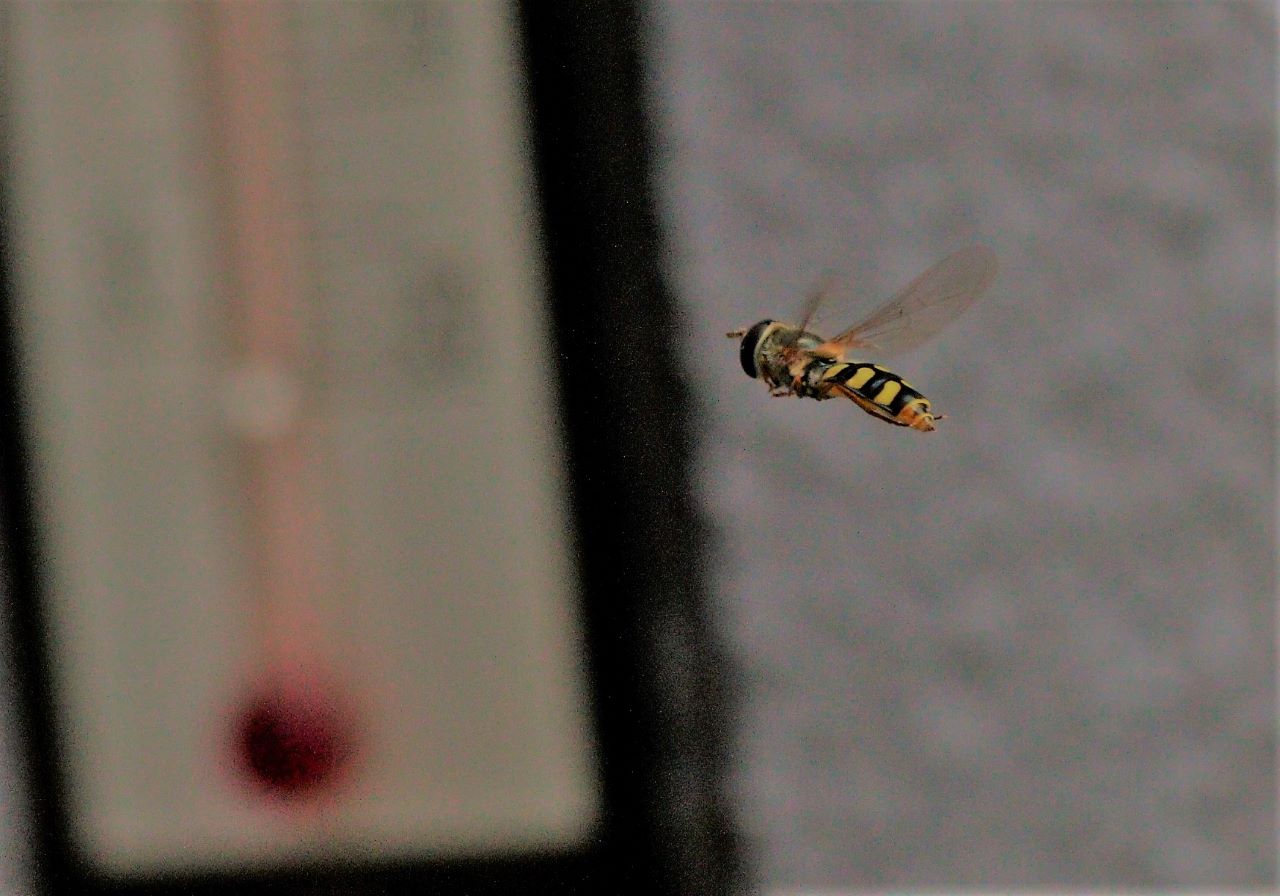


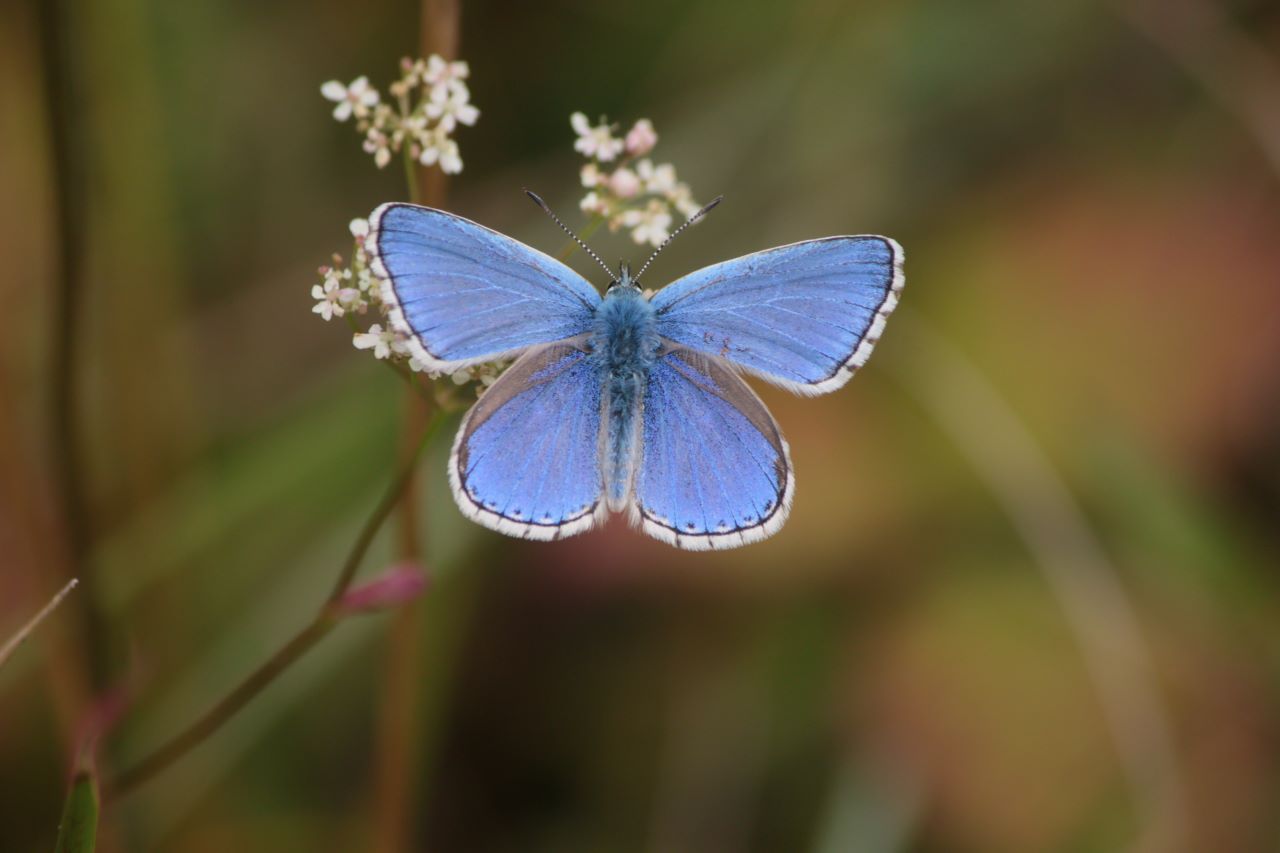
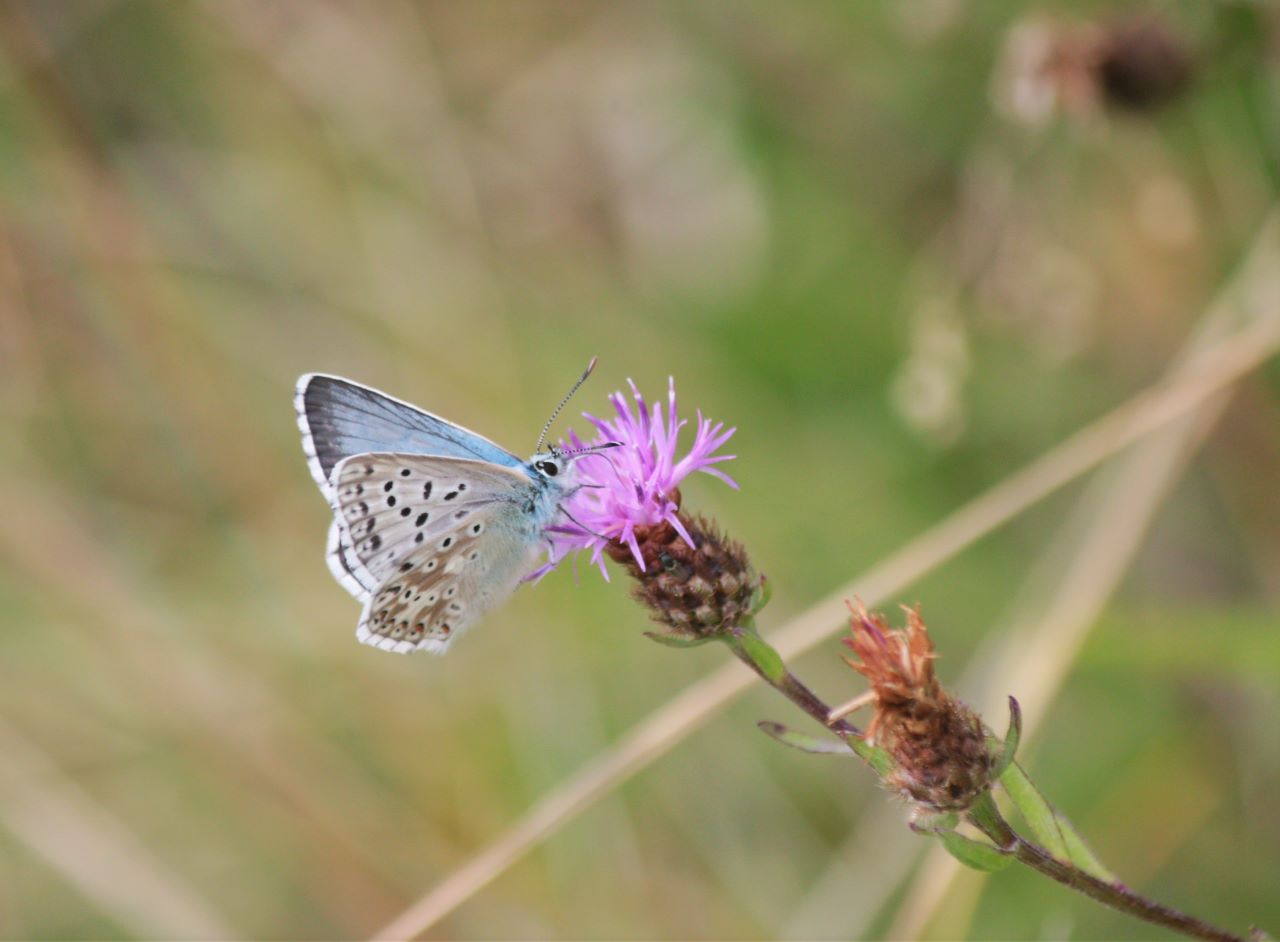
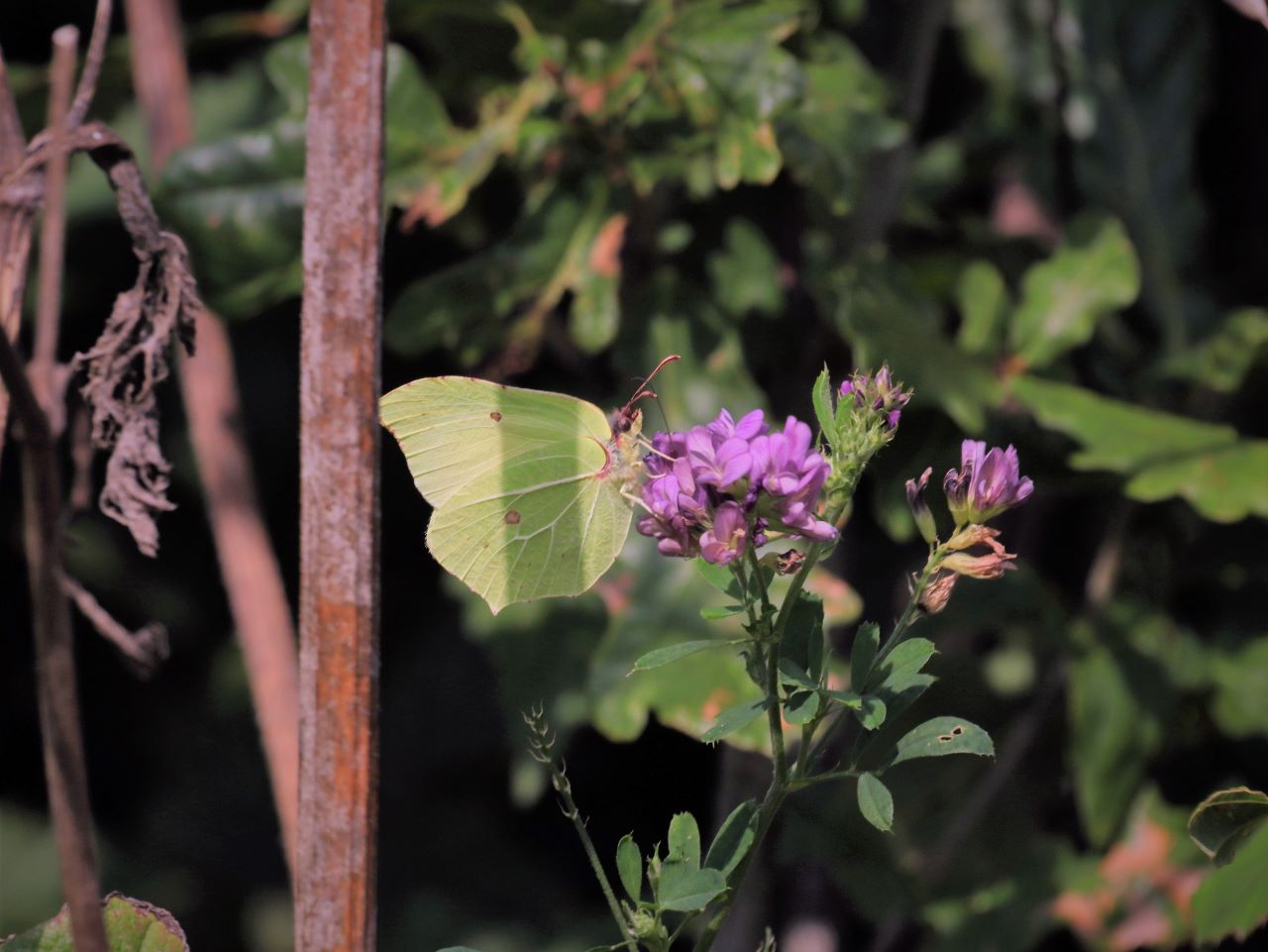
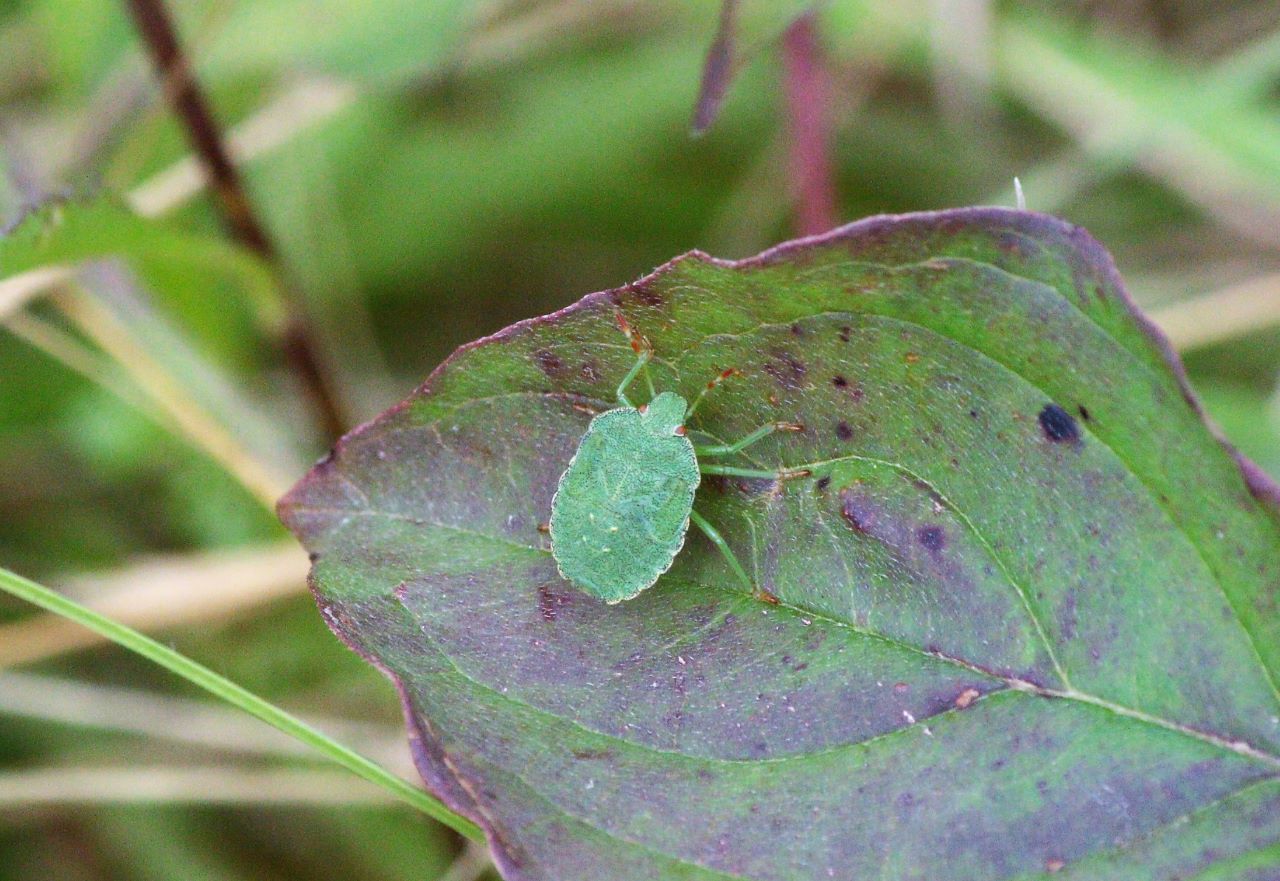
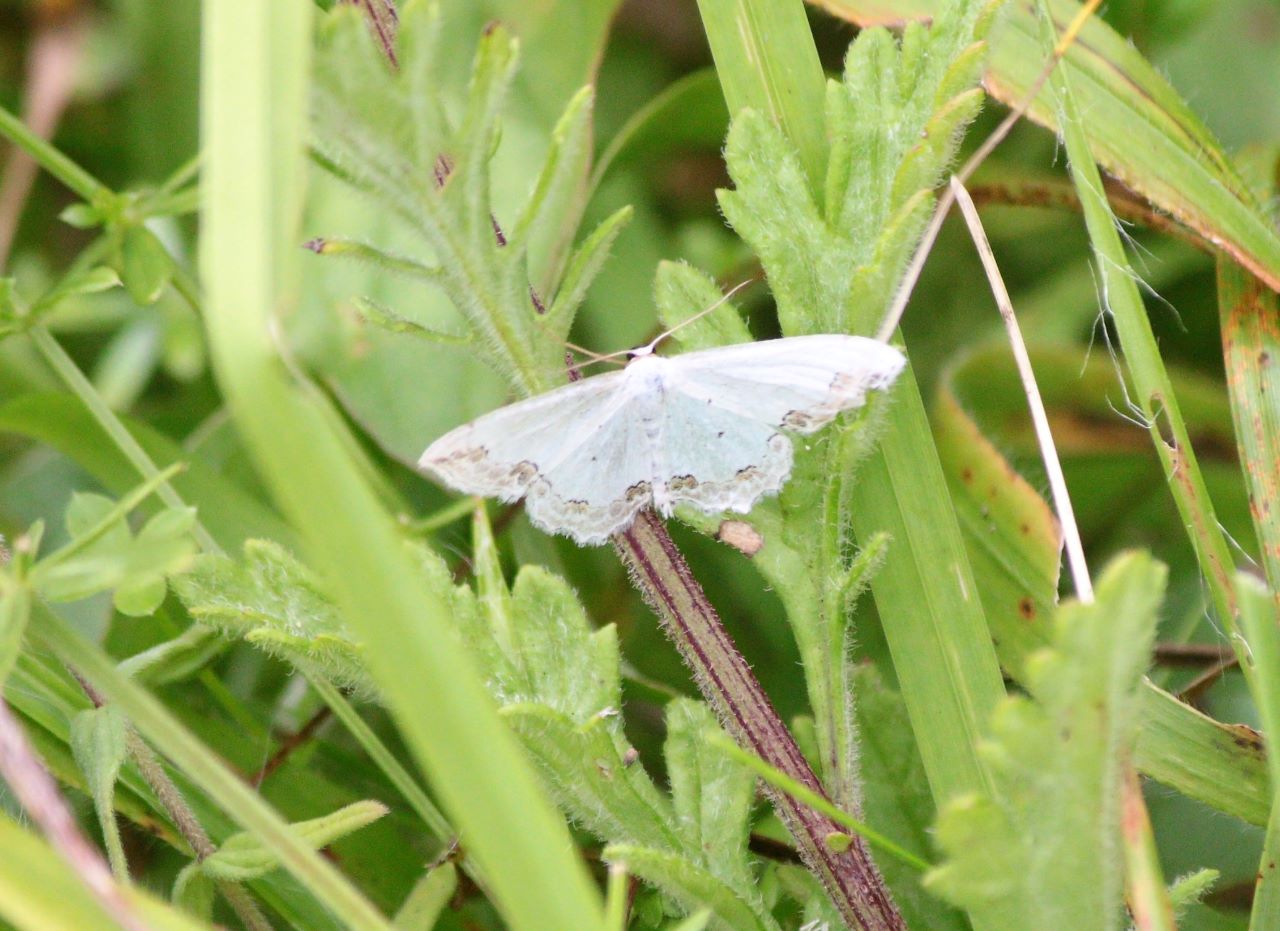
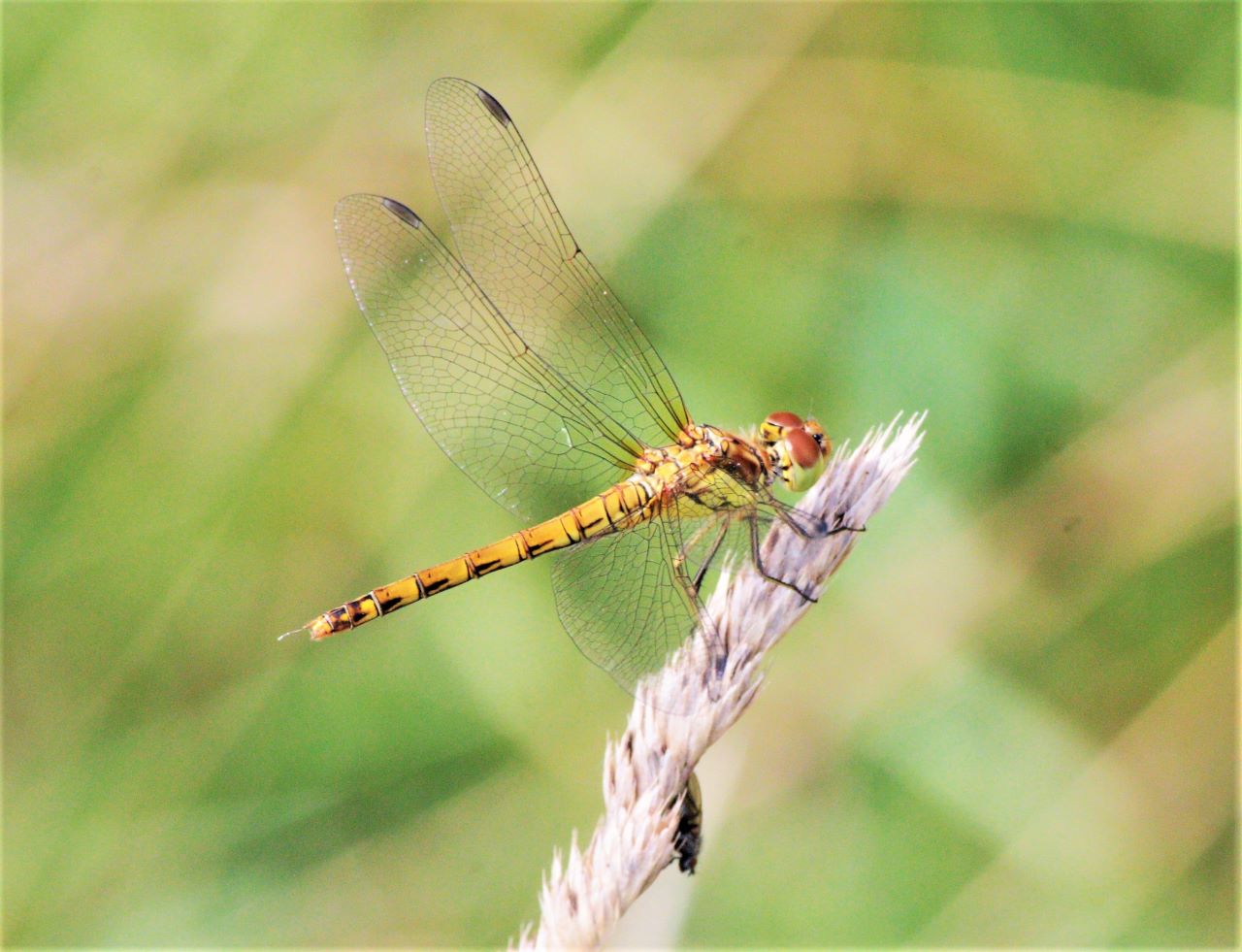
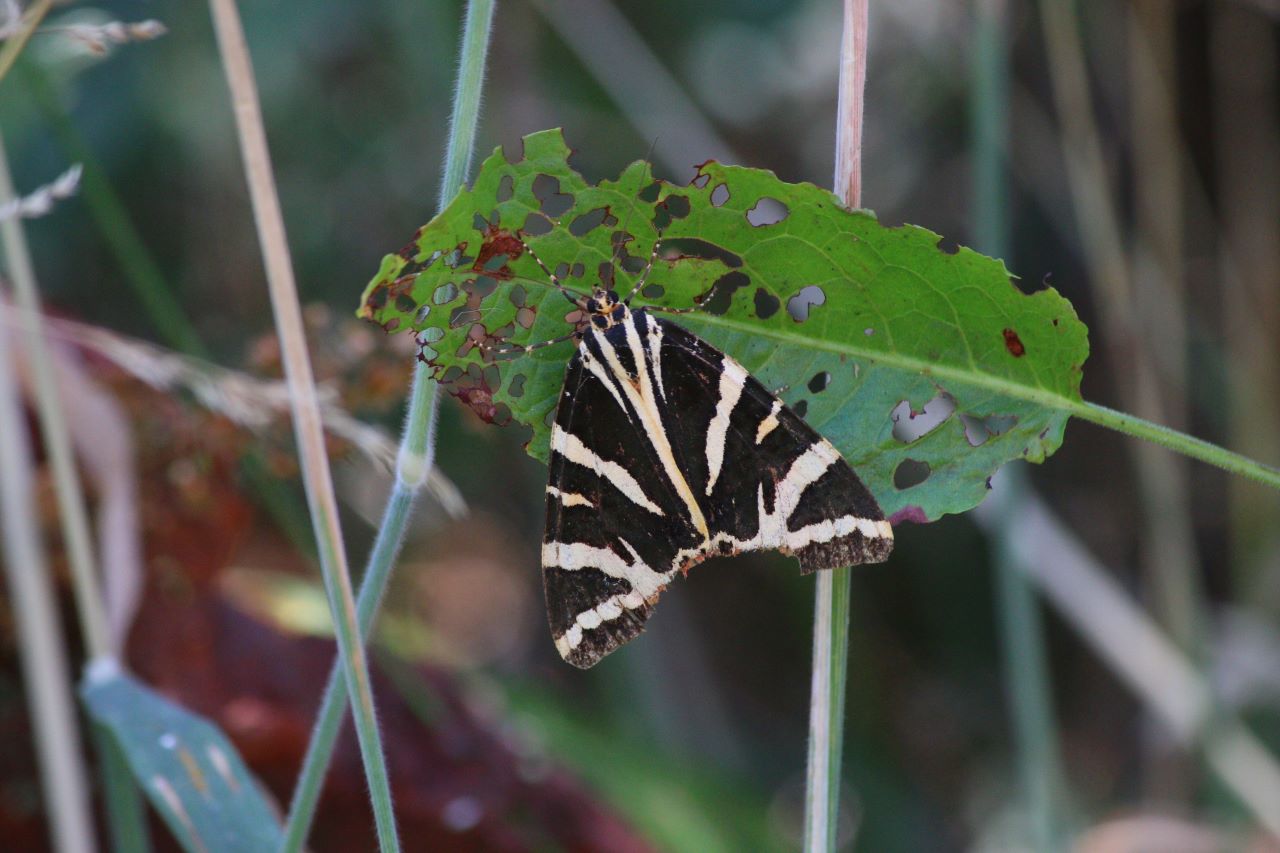
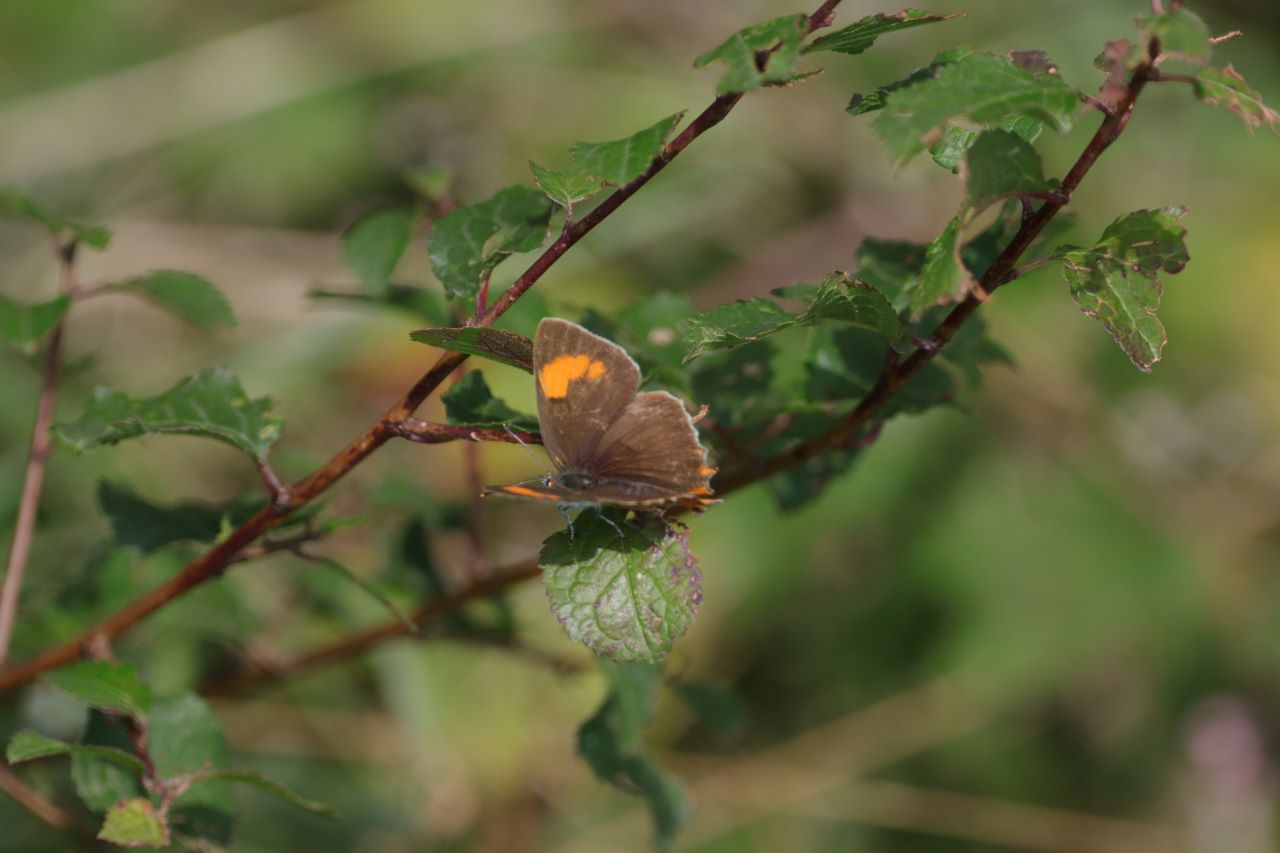
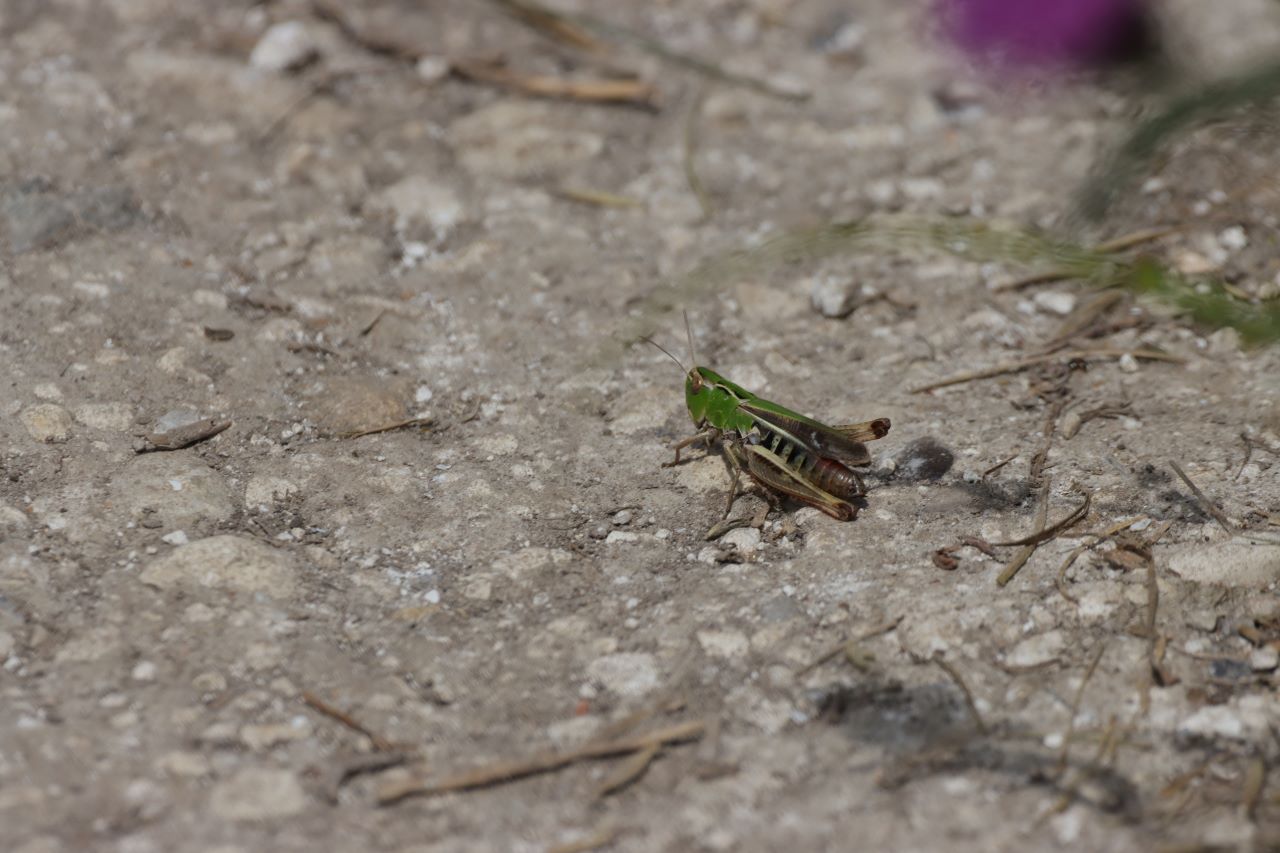
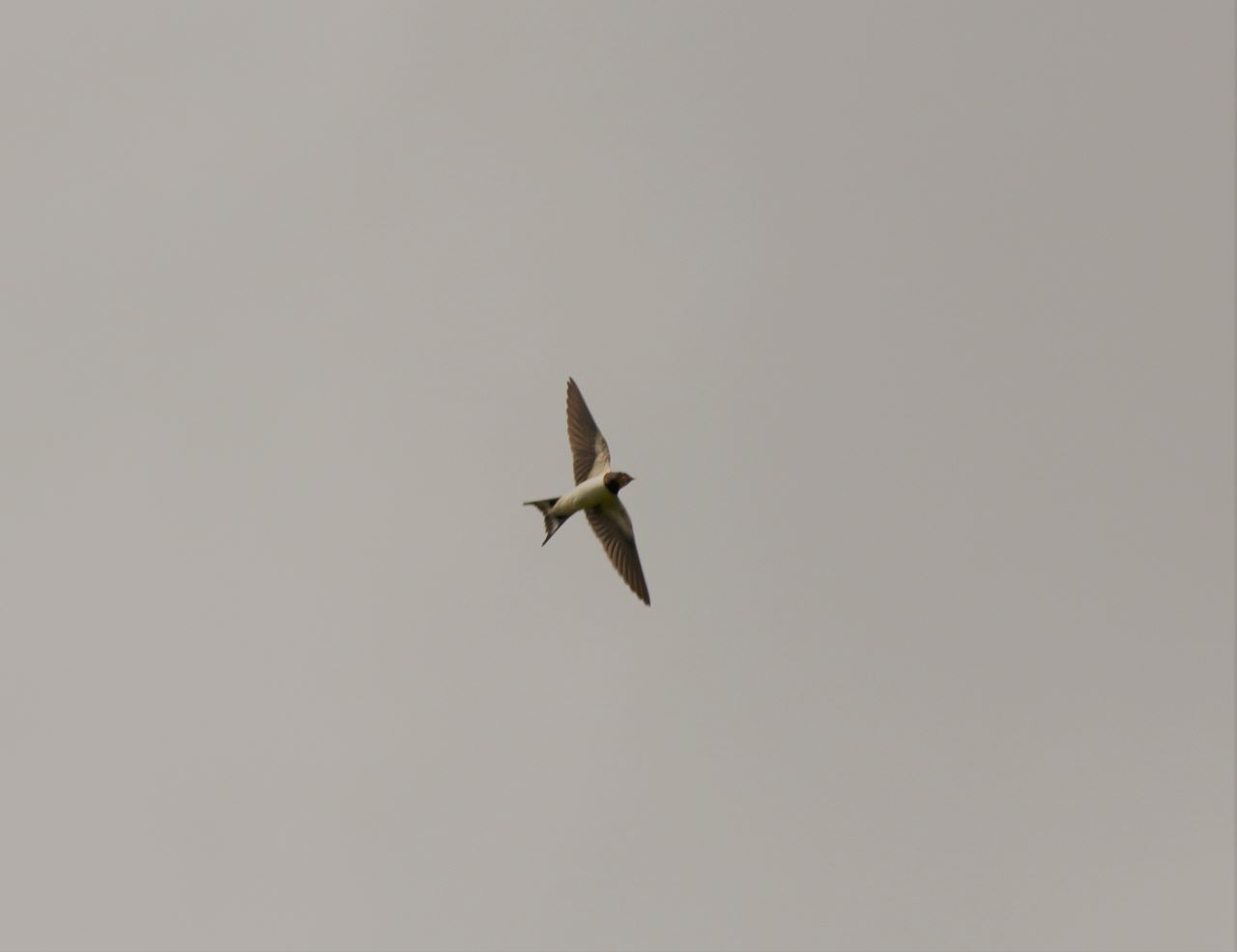
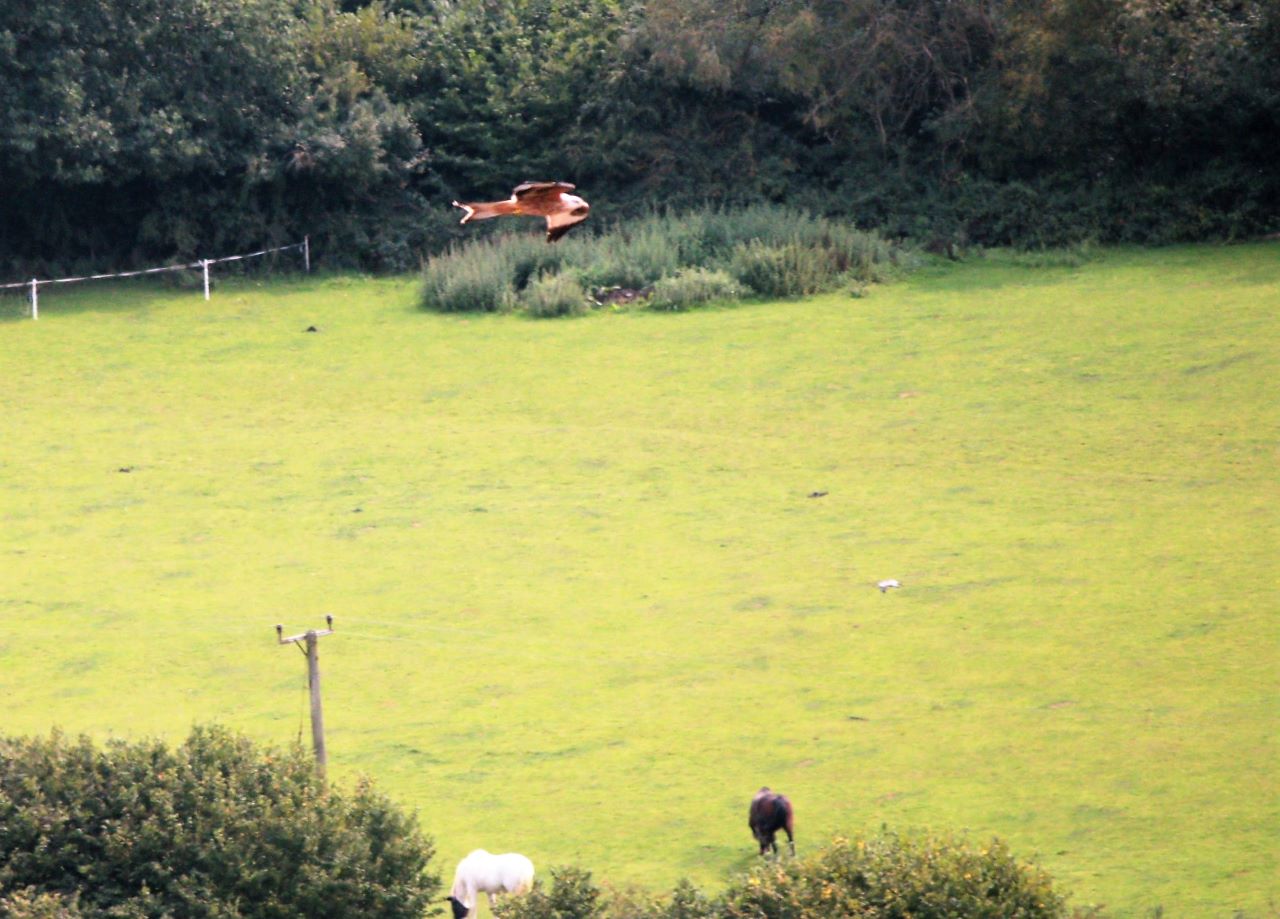
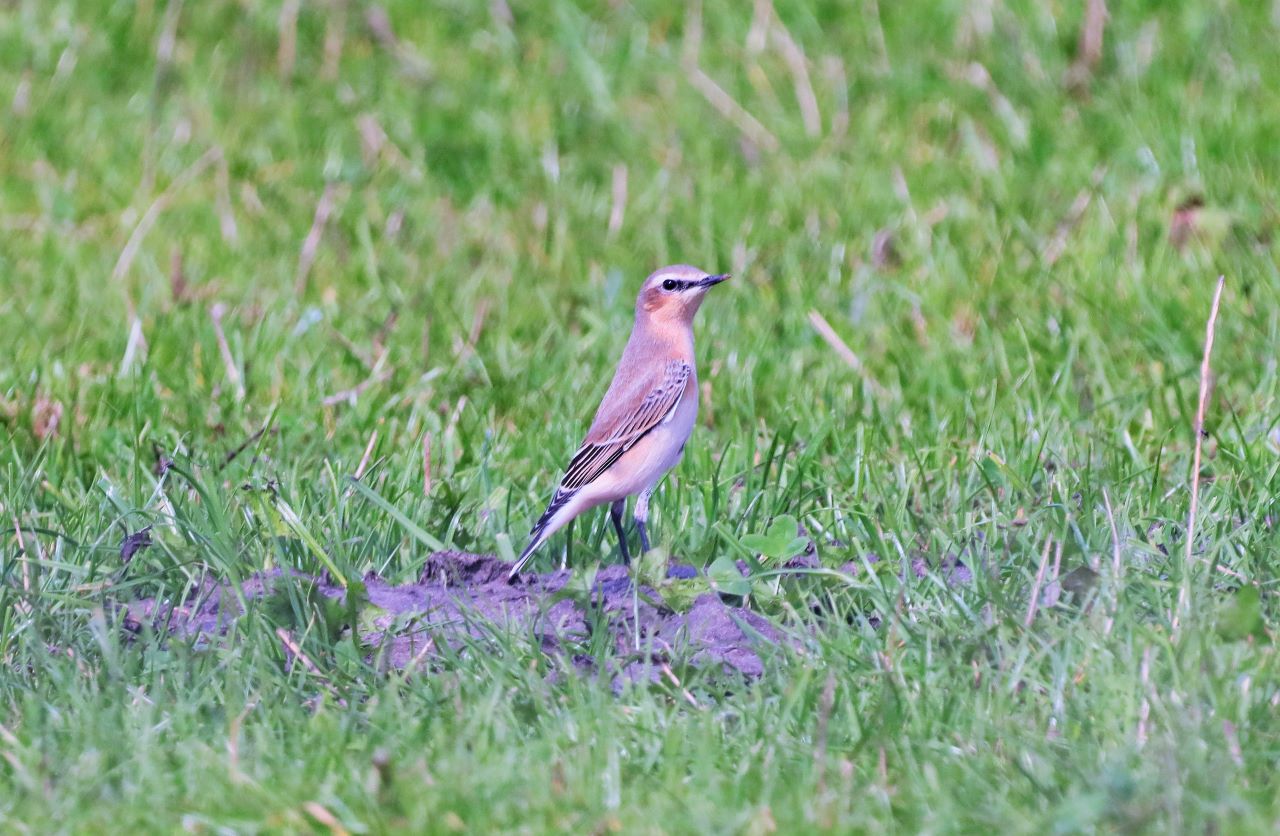

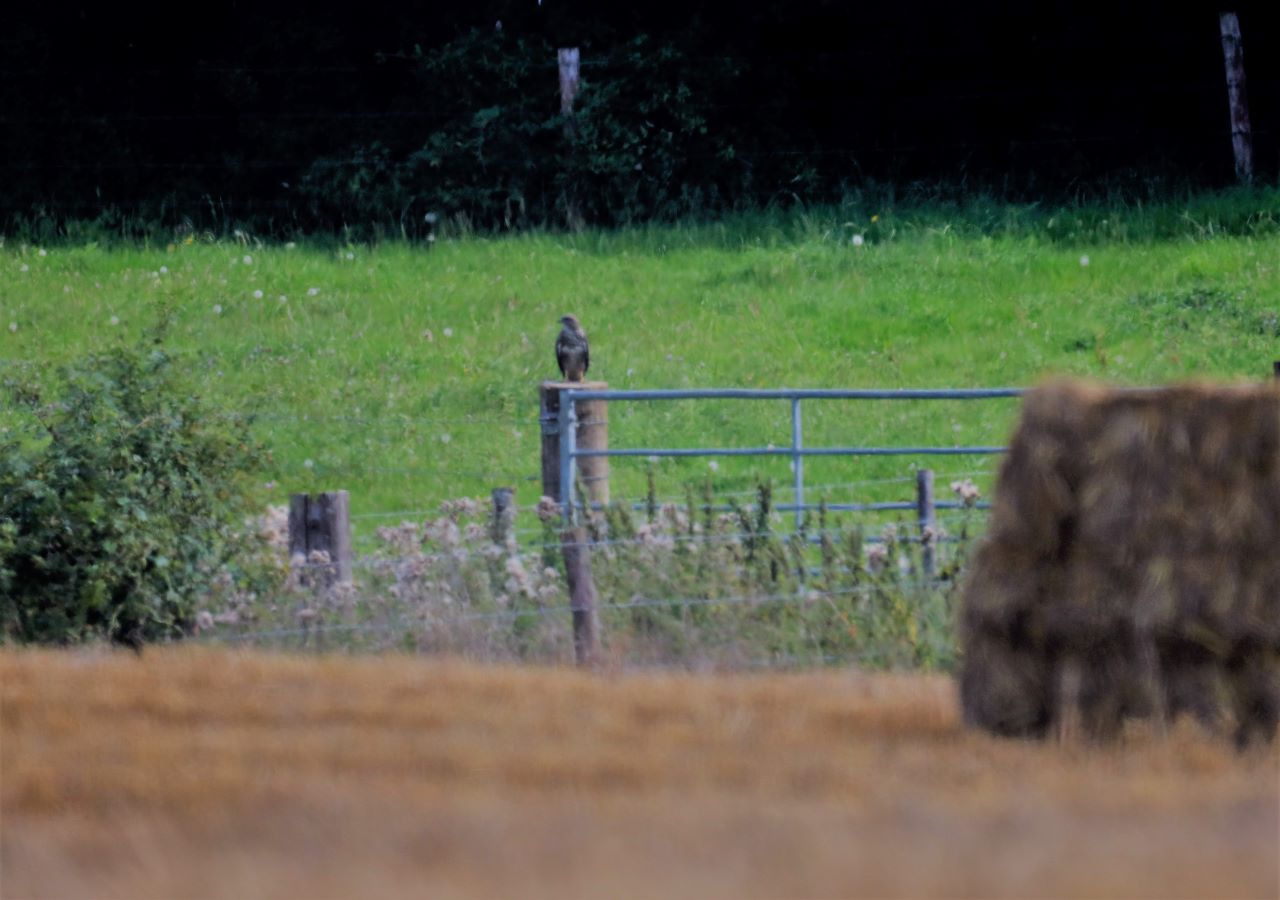
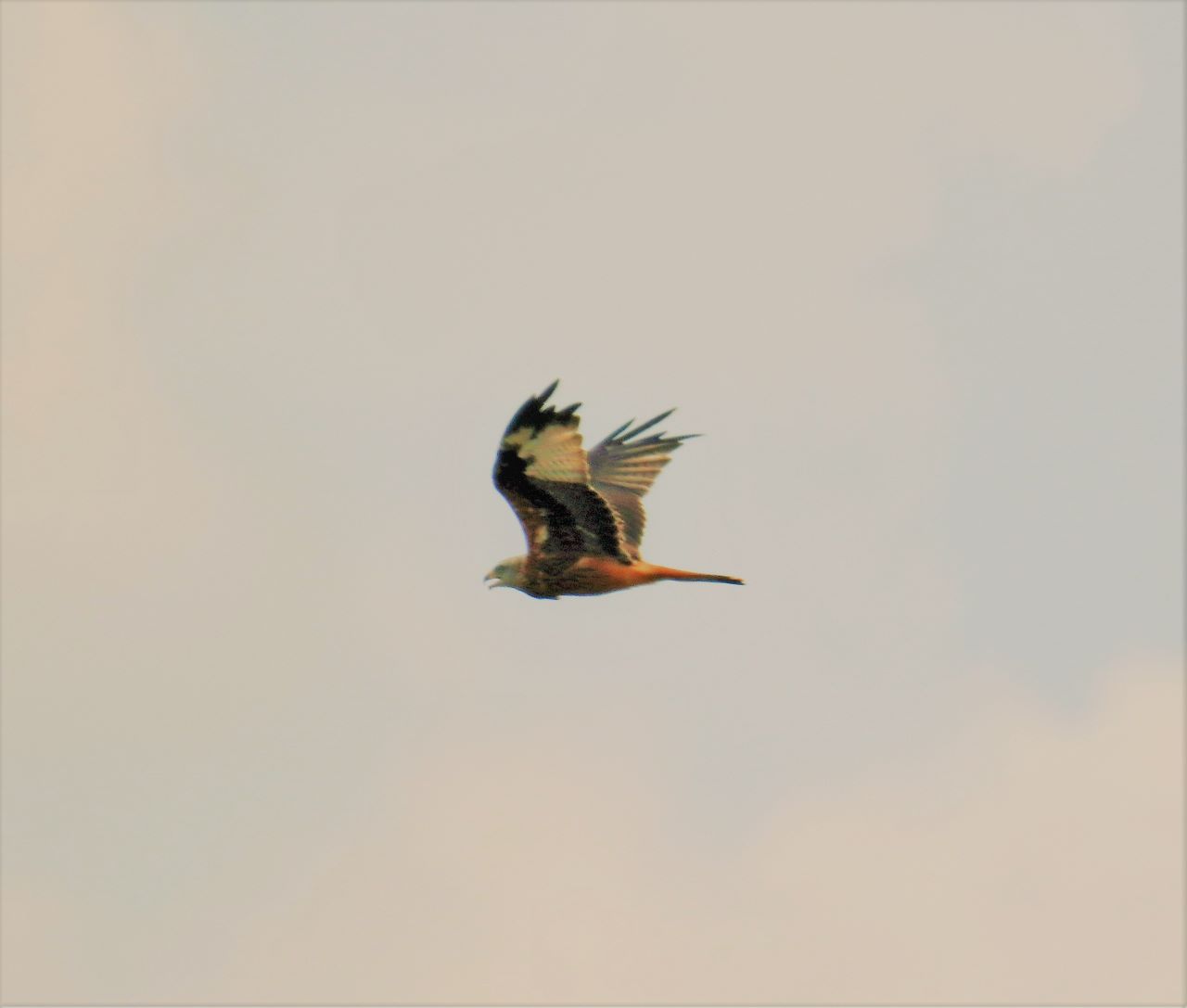
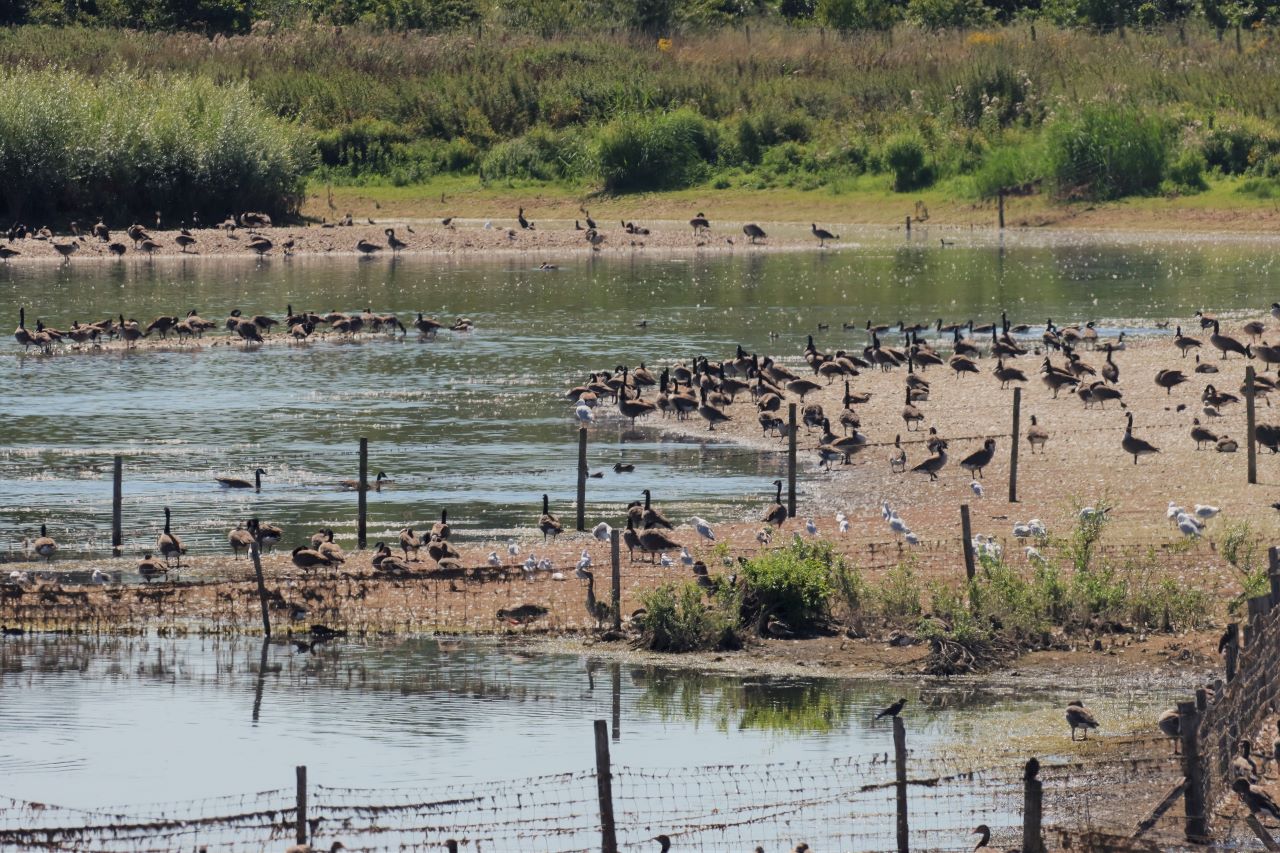
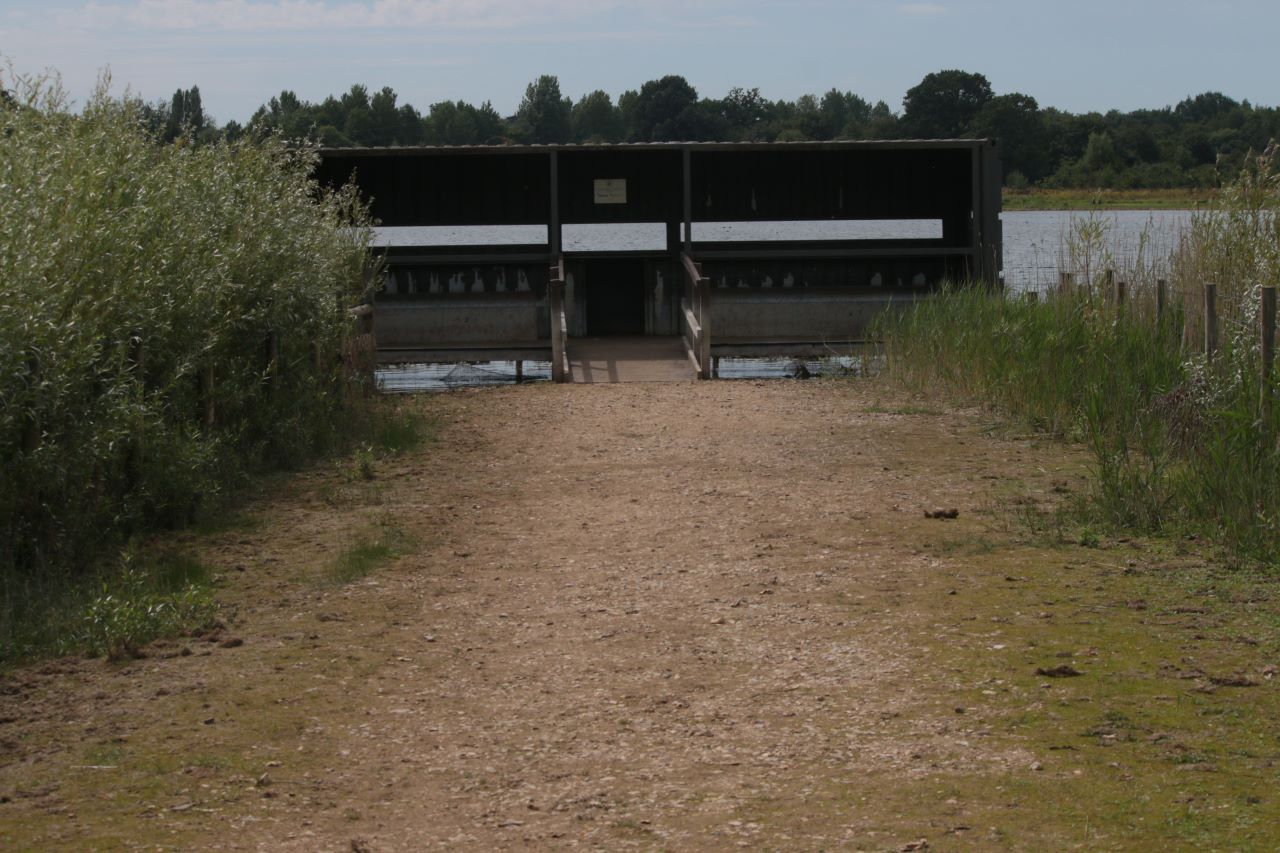
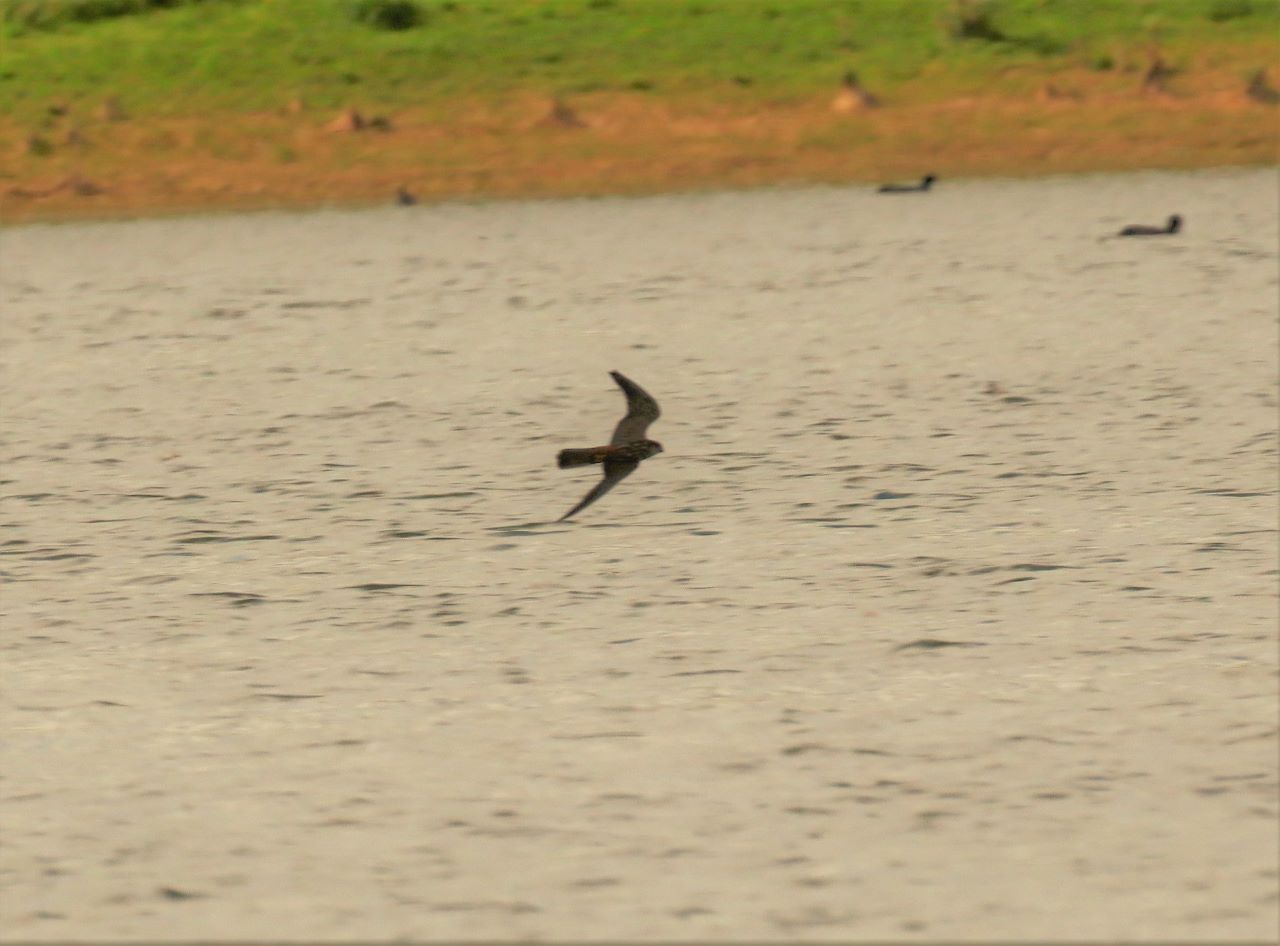
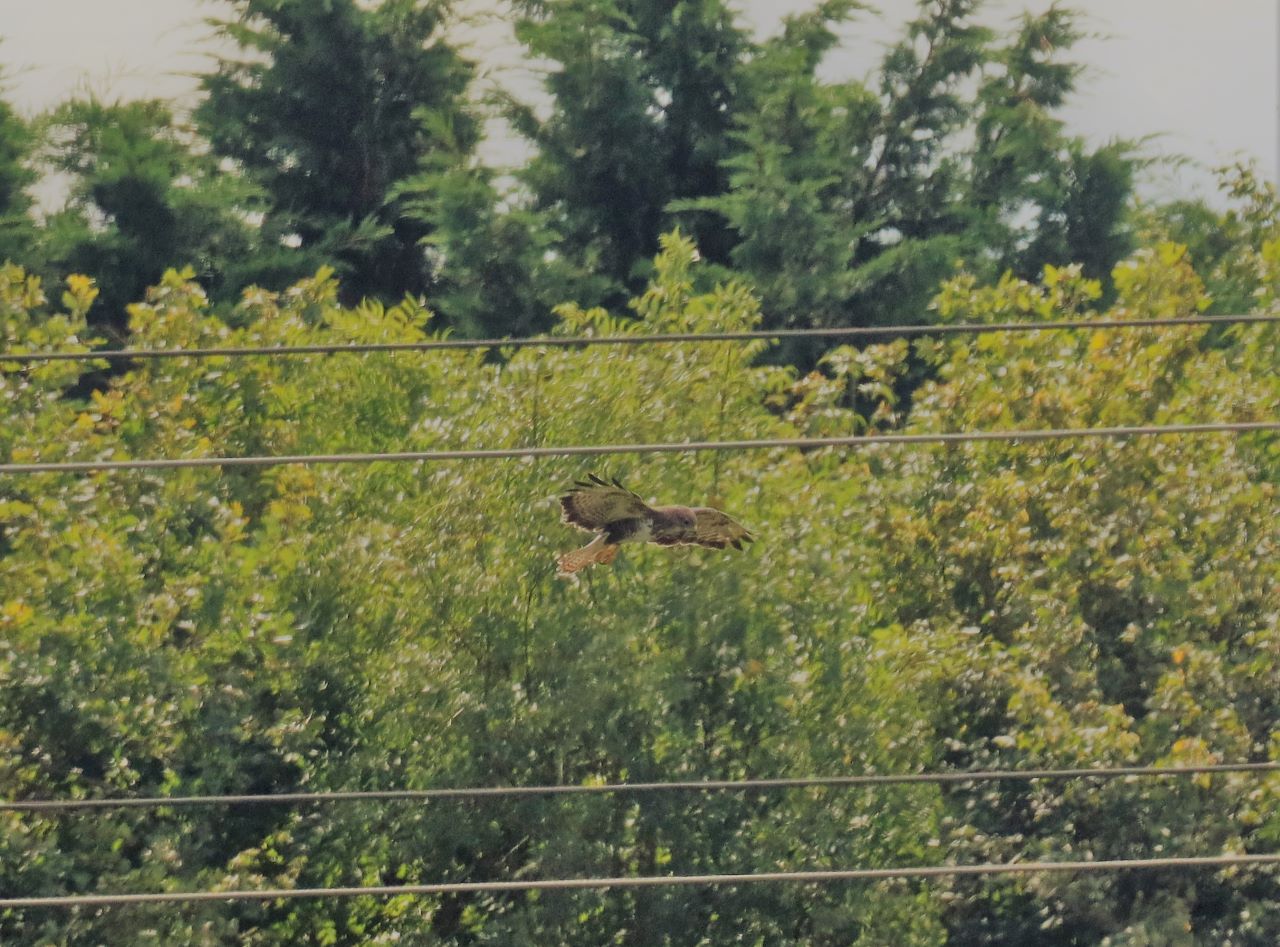
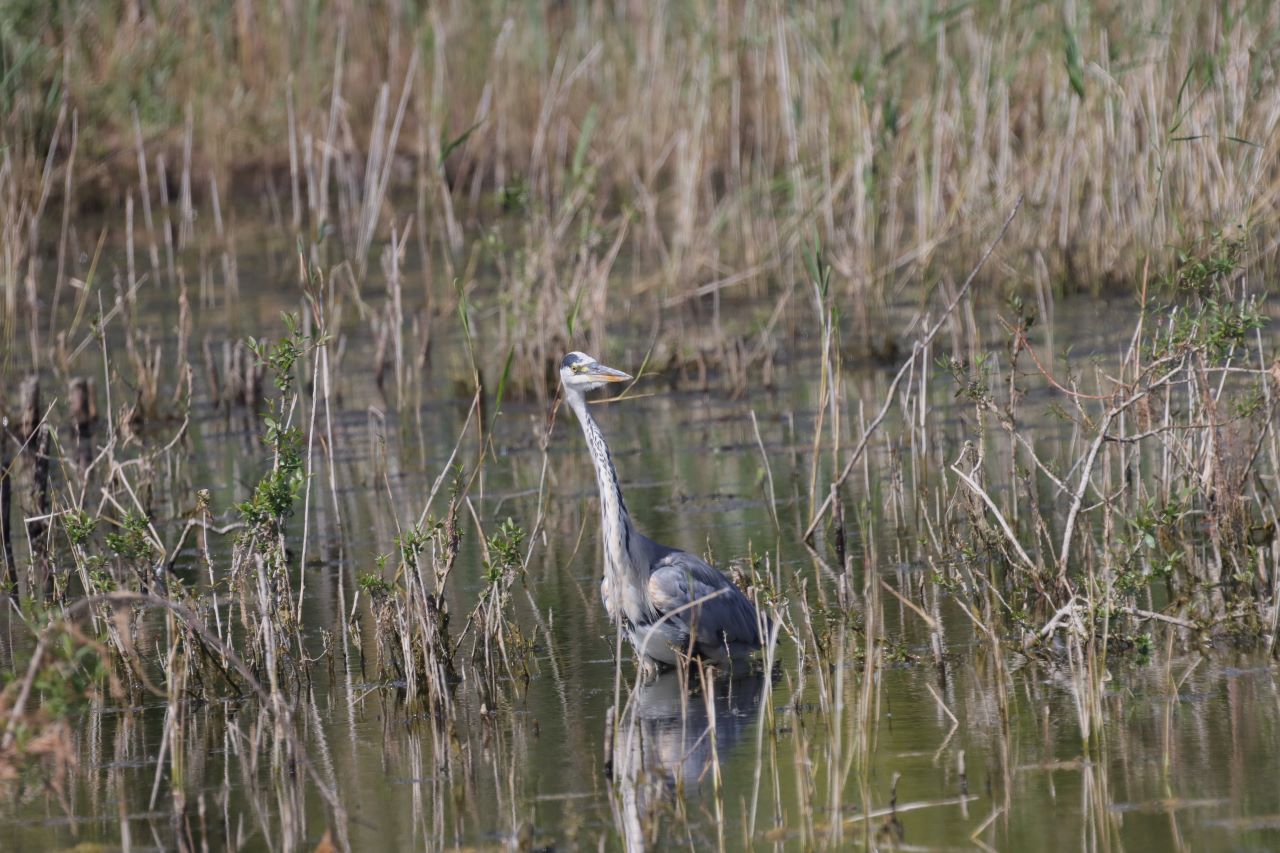
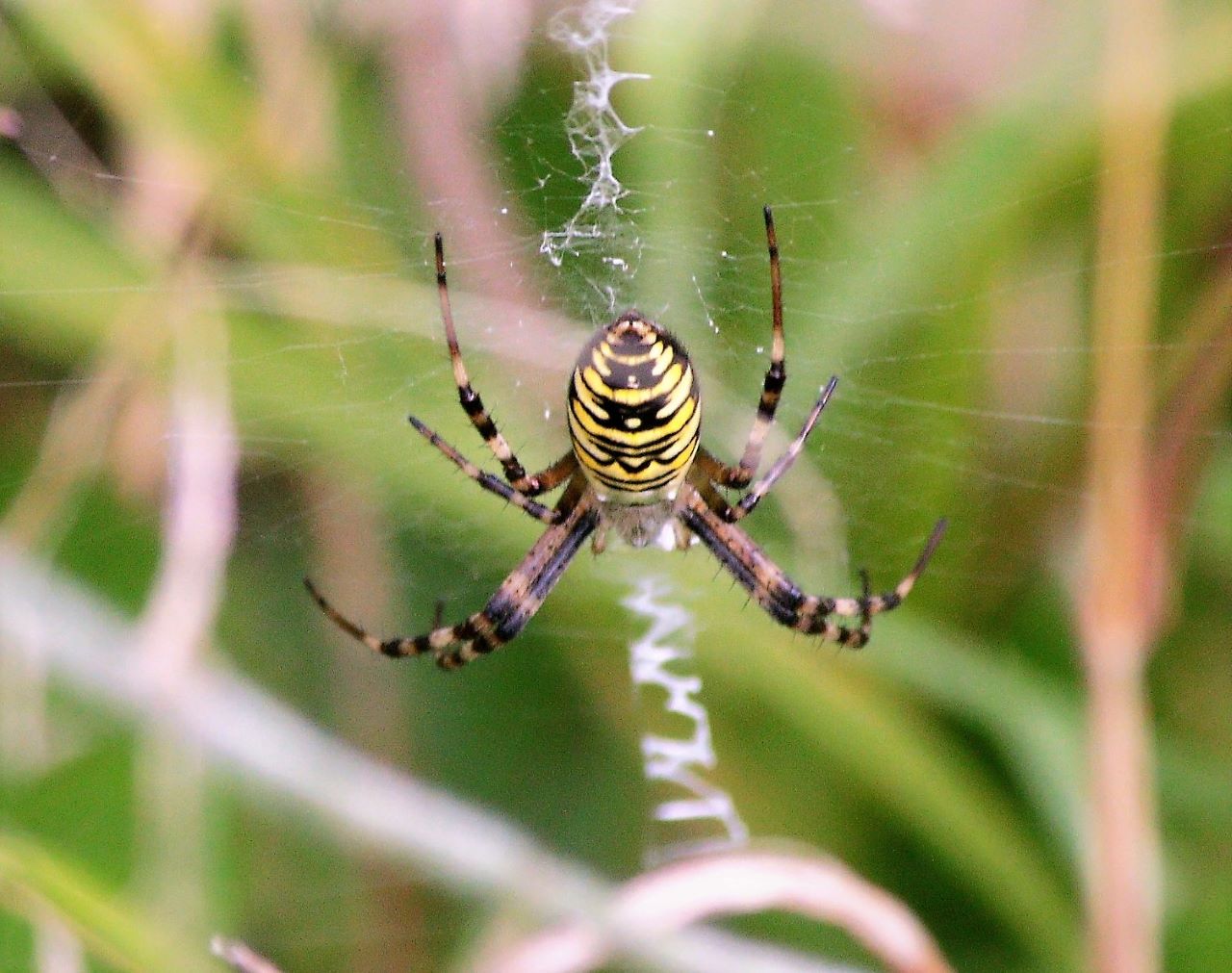
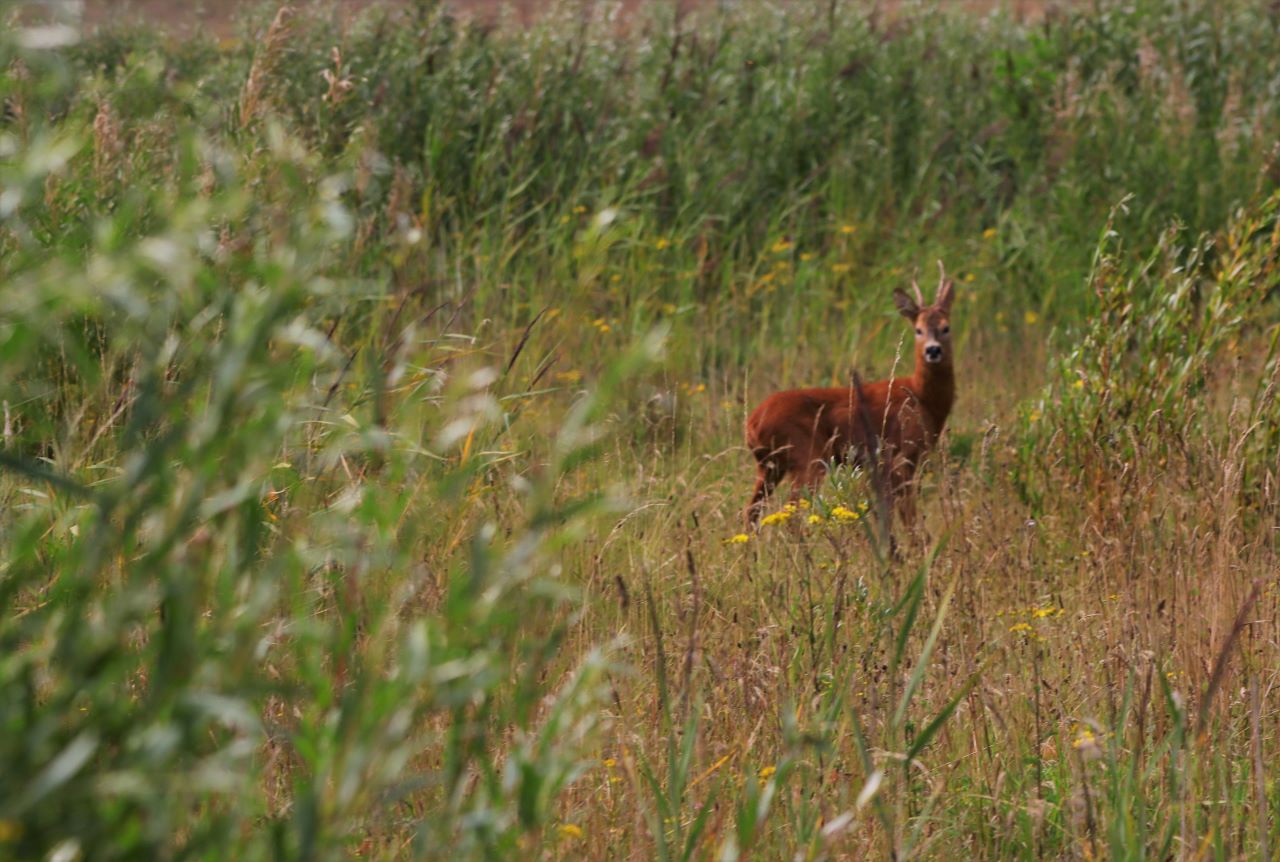

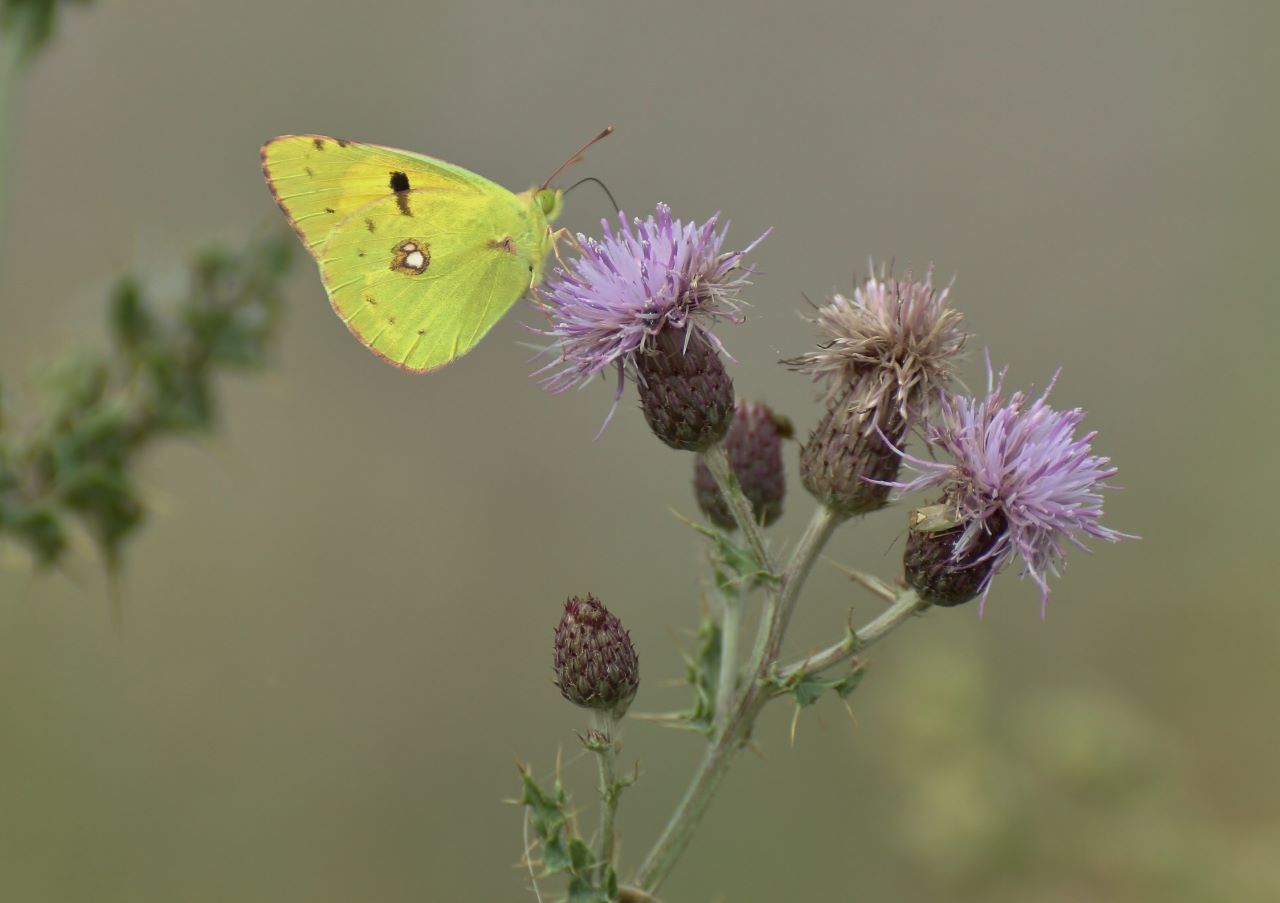
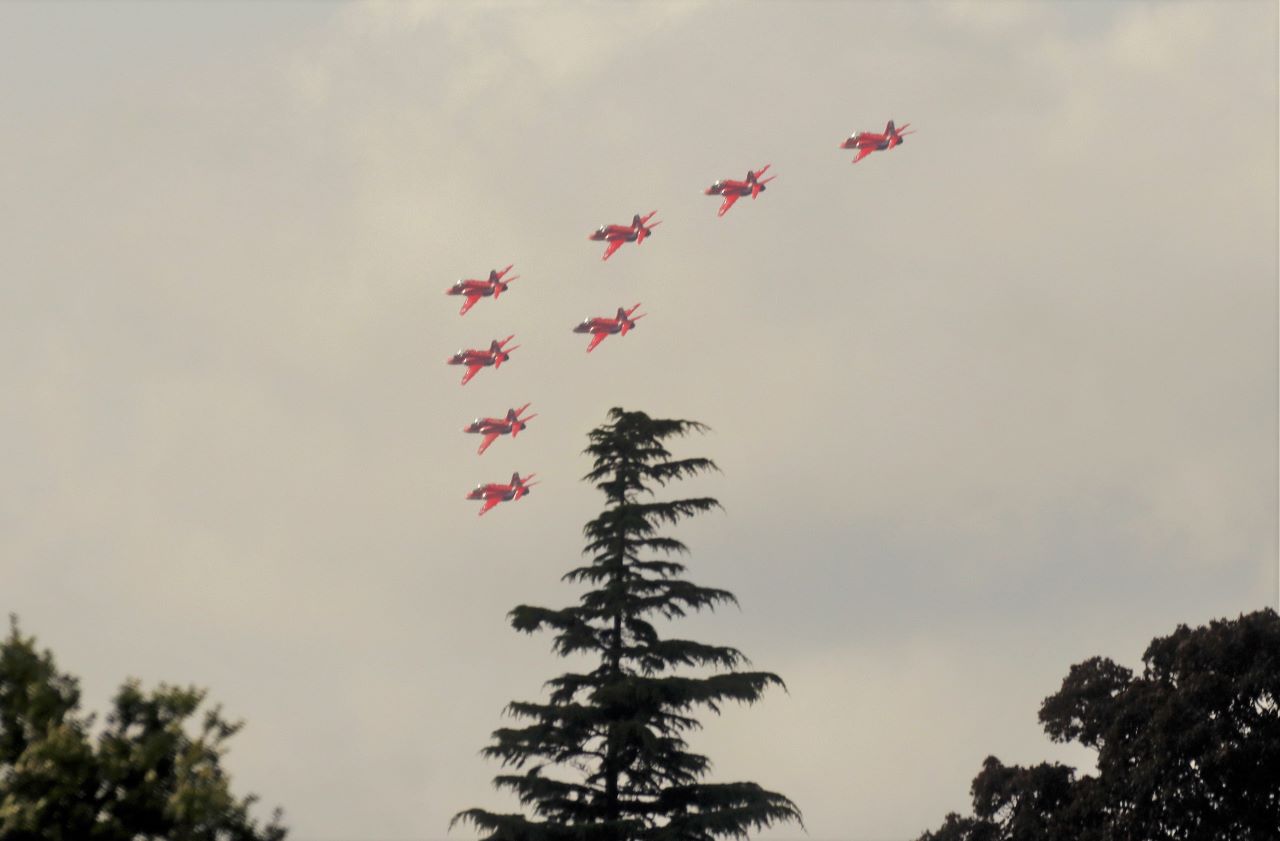

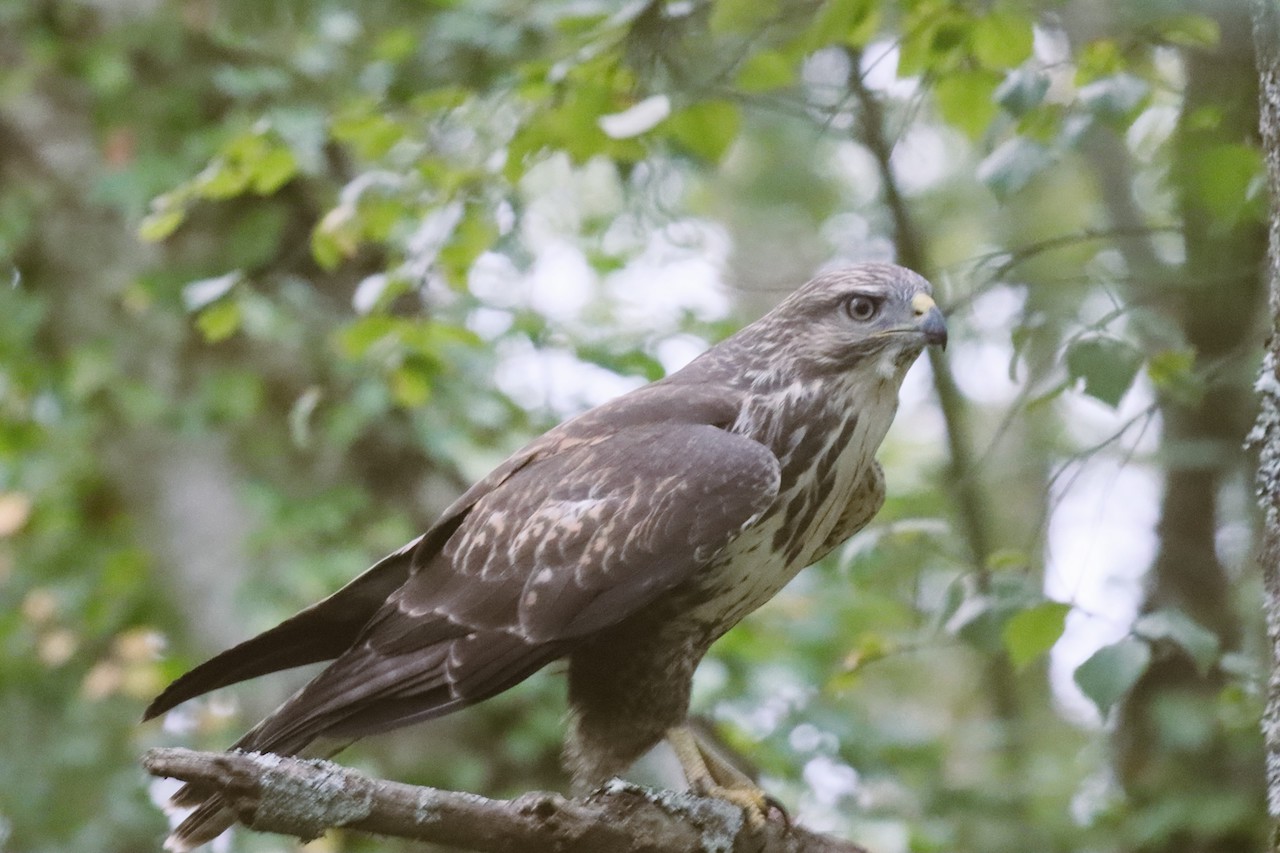


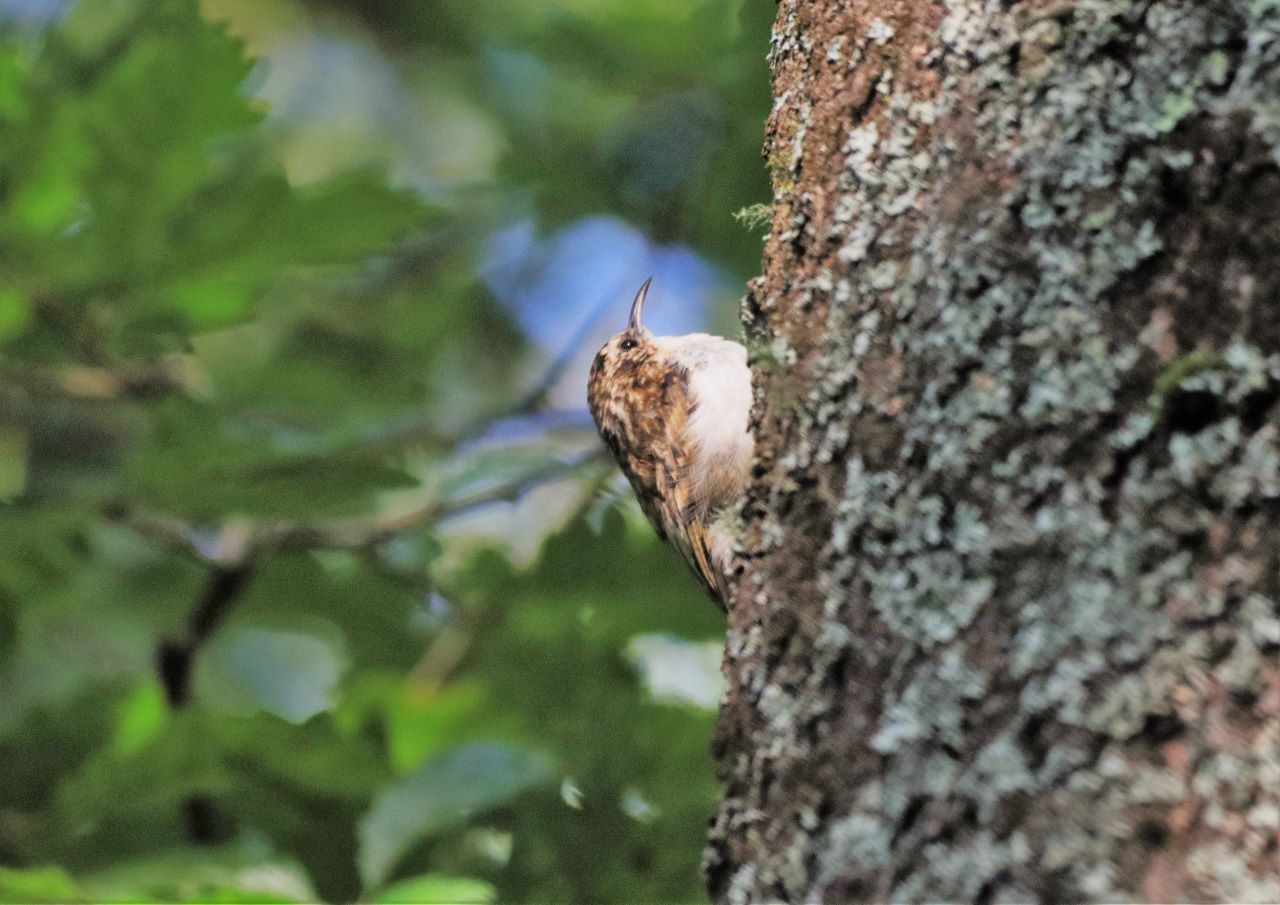
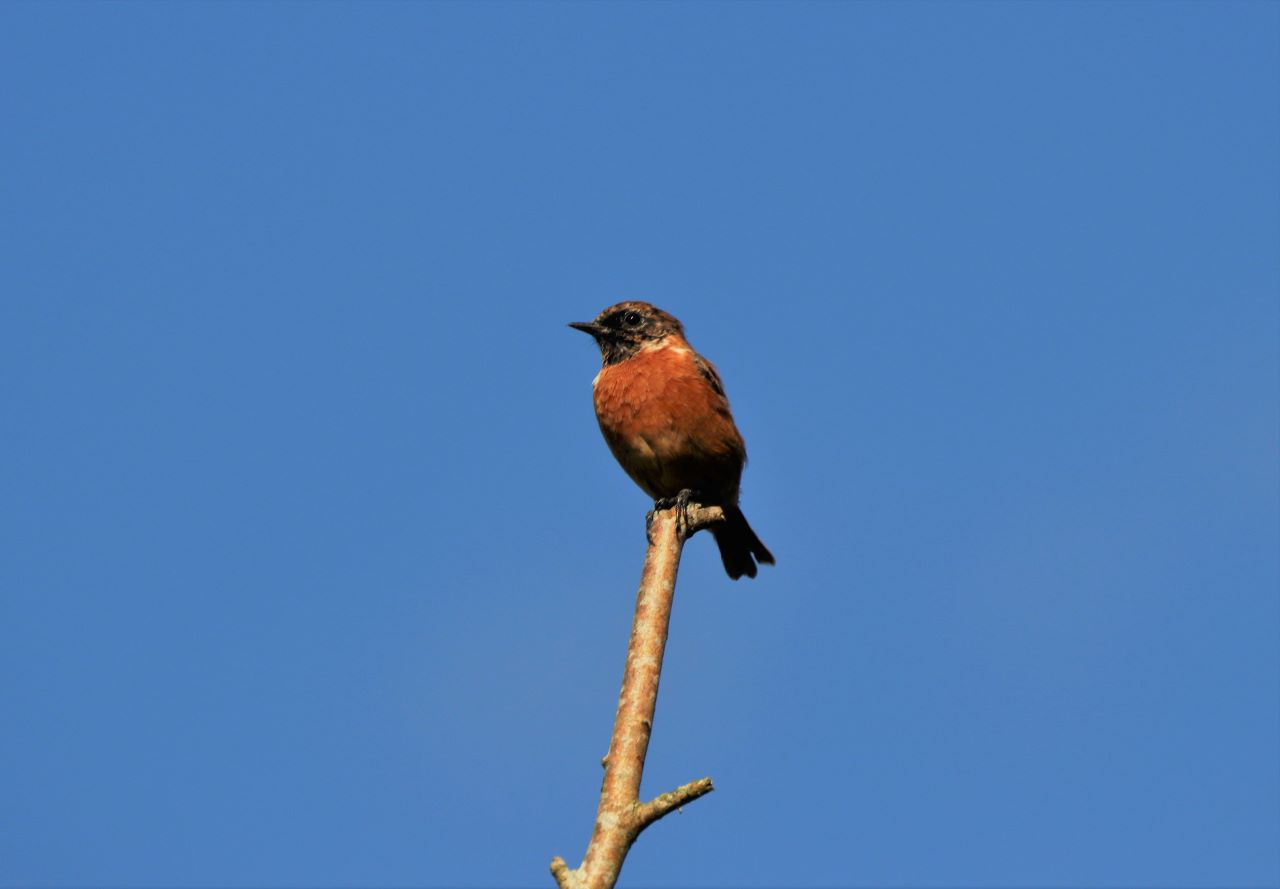
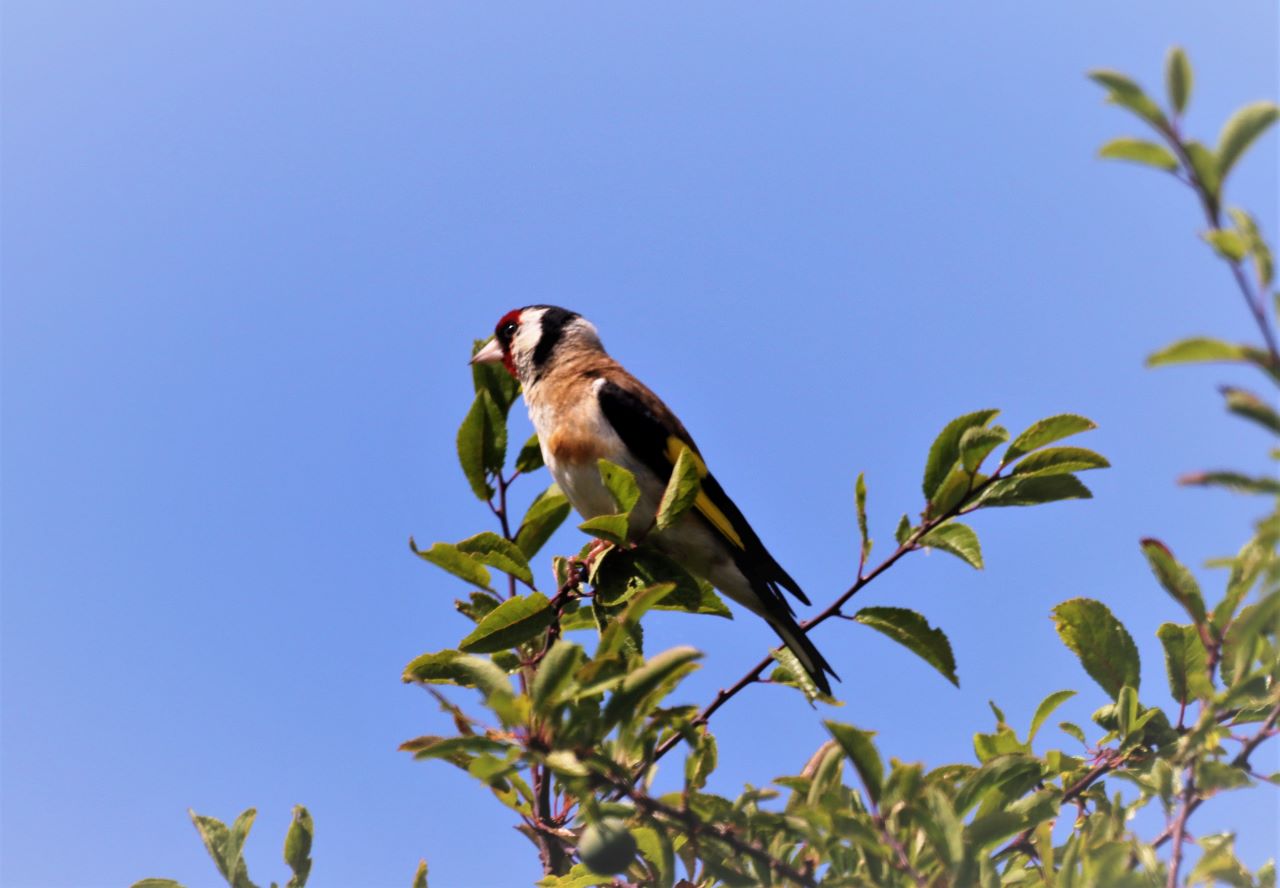
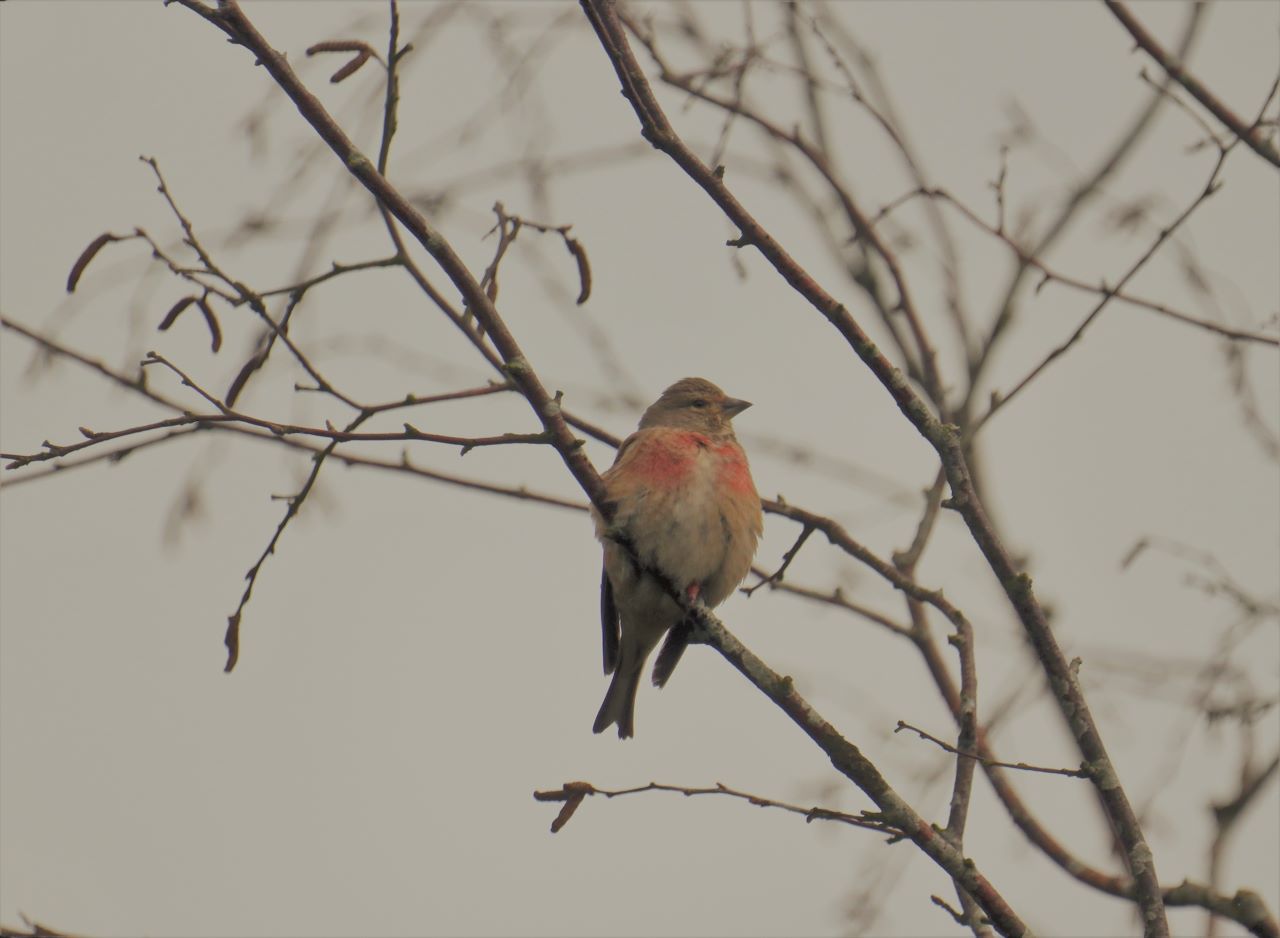
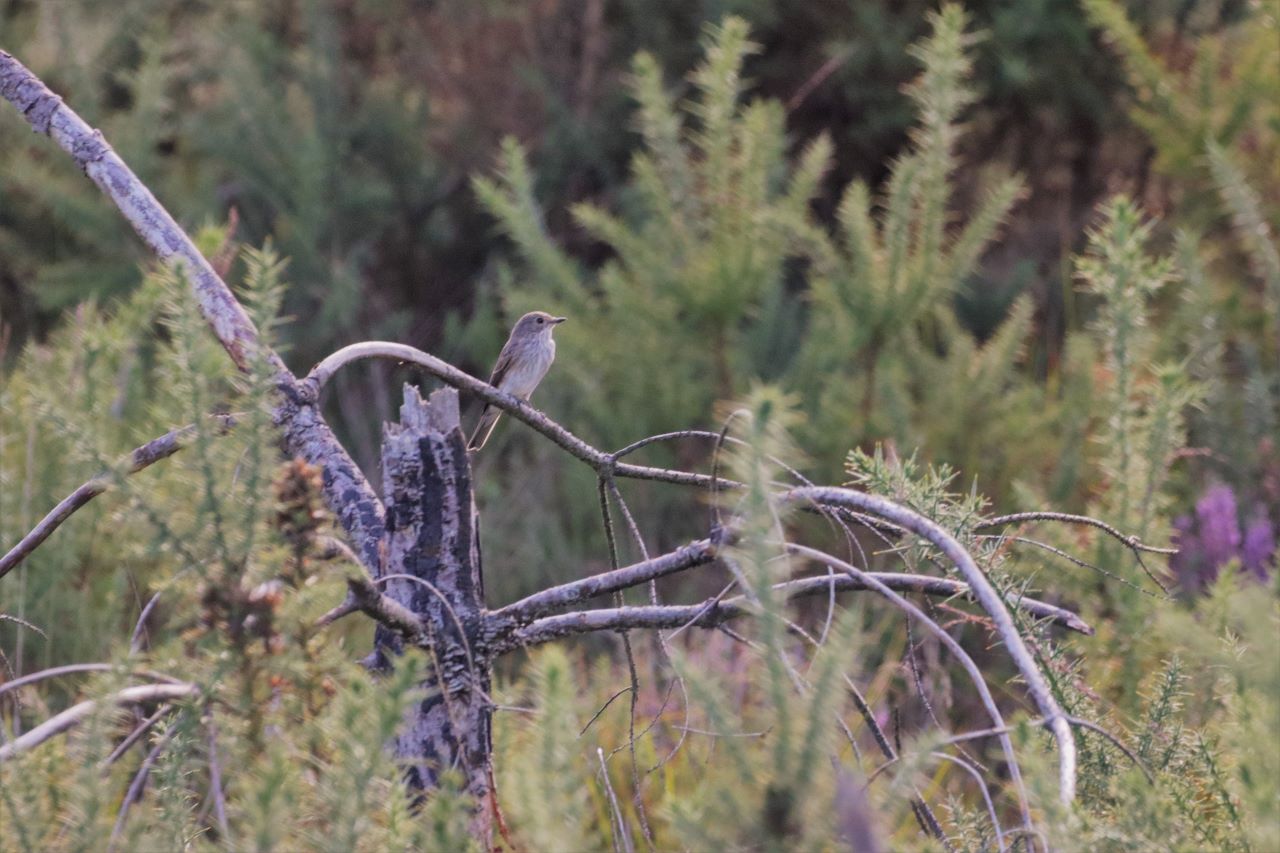

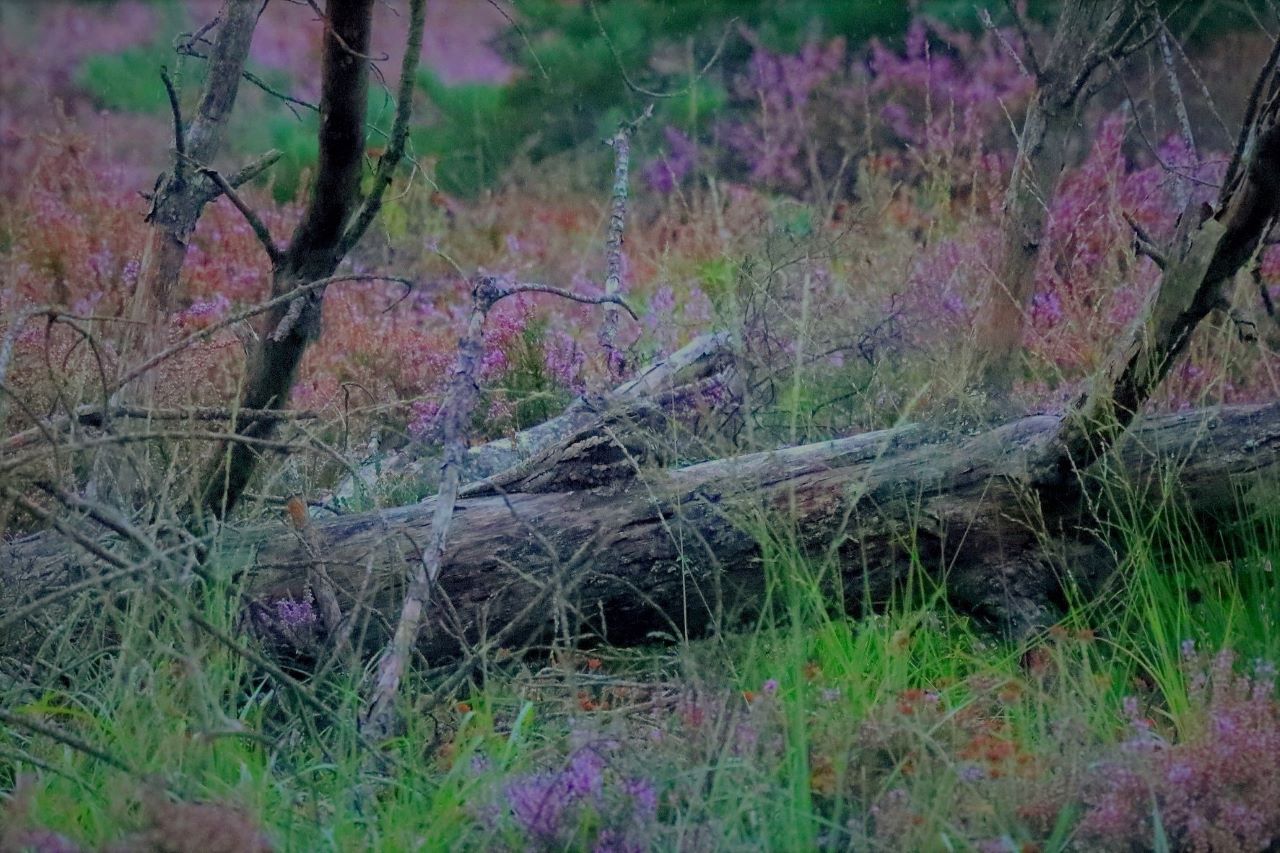
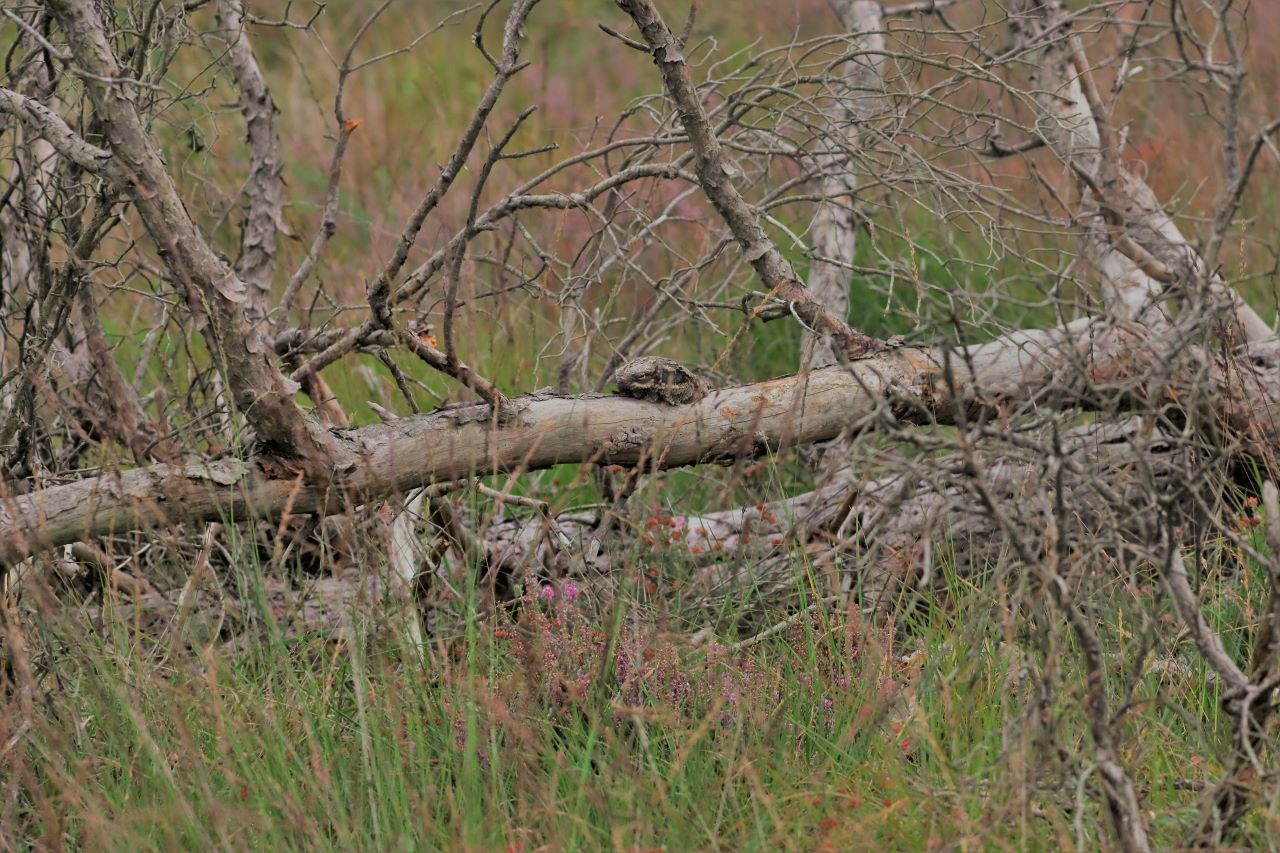
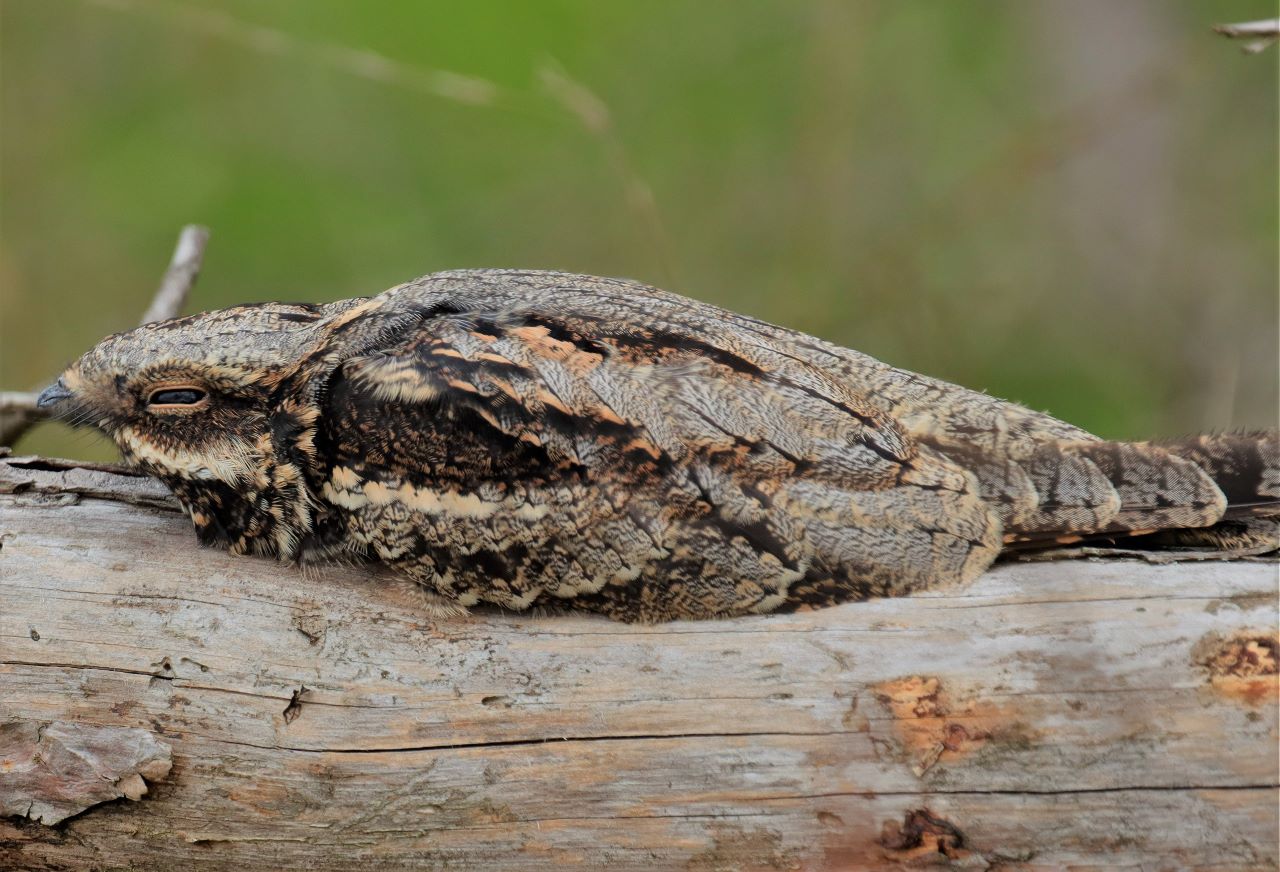

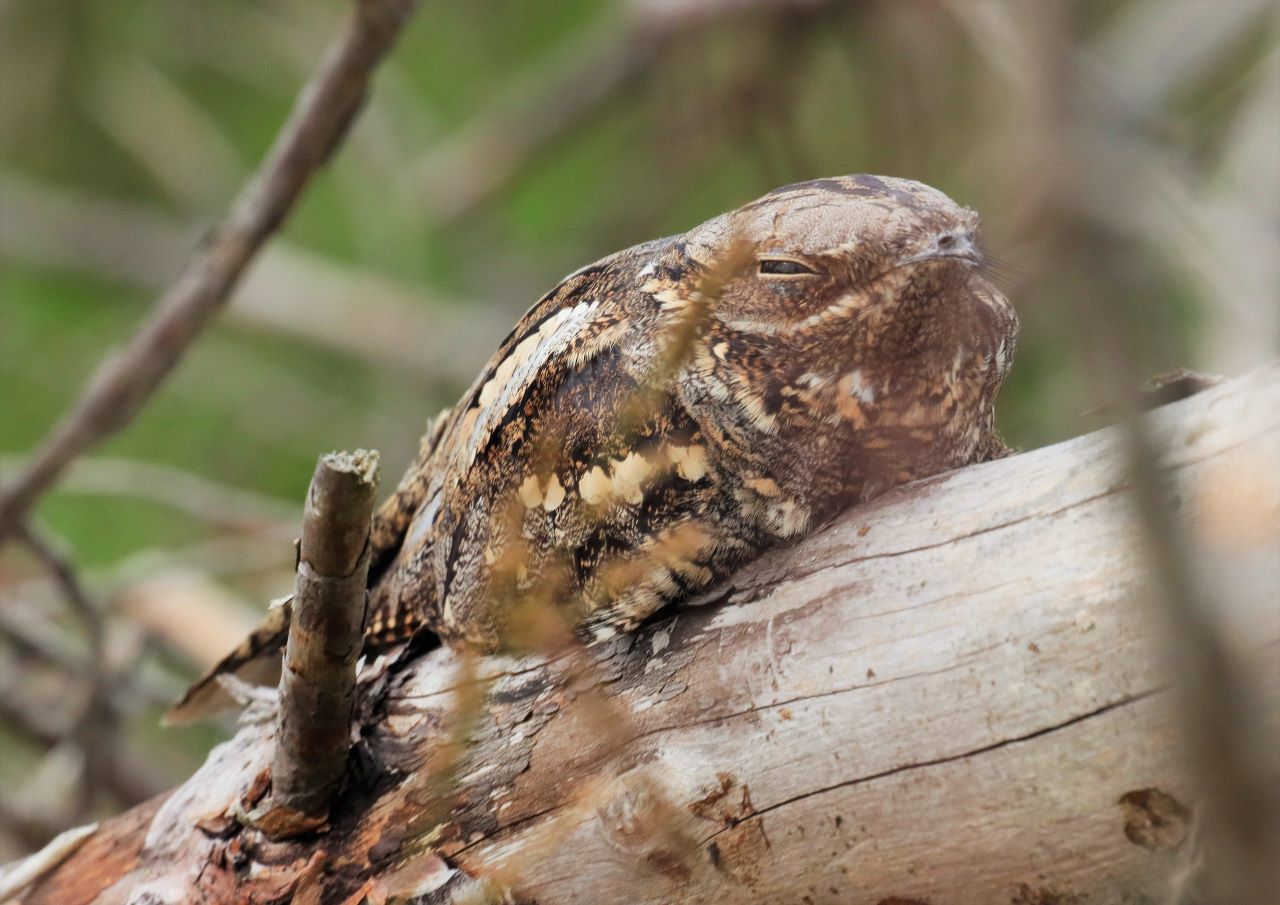
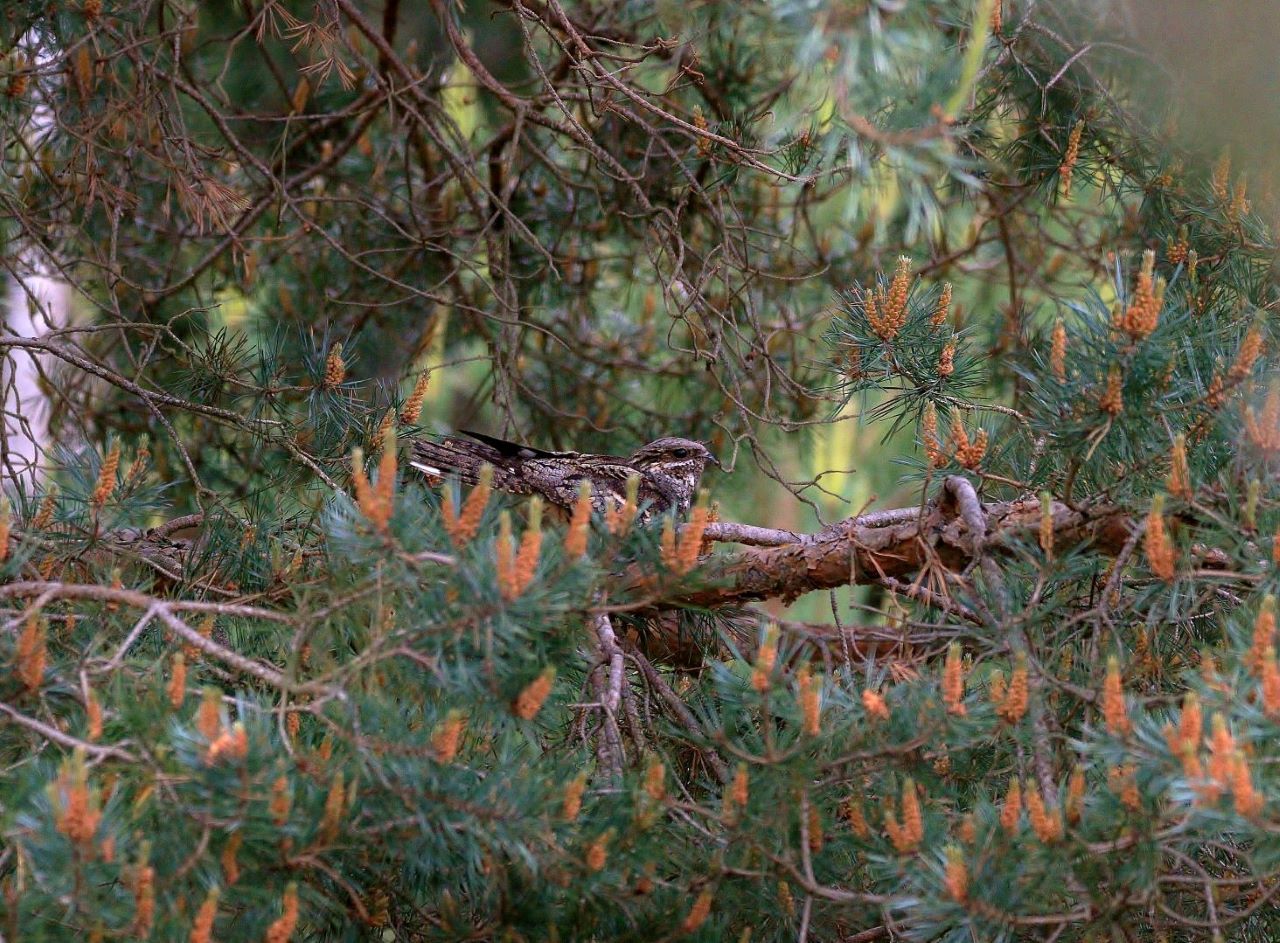






Belinda Barratt
September 5, 2023 at 10:22 pm
Amazing photos as ever from Malcolm. I can’t believe what he finds in our local patch!